Guinea pigs and rabbits are both popular pets. They are small, furry, and love to nibble on hay. Because of their size and diet, many owners wonder if they can live together. But is rabbit-guinea pig cohabitation a good idea?

While they may look like great companions, rabbits and guinea pigs have different needs. They also communicate in different ways. These differences can make living together difficult. Before putting them in the same cage, it's important to understand the risks and how to create a safe space for both.
Main Differences Between Guinea Pigs and Rabbits
Rabbits and guinea pigs are not as similar as they seem. They have unique behaviors, needs, and body types. Knowing these differences is key to deciding whether they should share a home.
-
Species: Rabbits are lagomorphs, while guinea pigs are rodents. Their biology is different, which affects their diet and care.
-
Size: Guinea pigs weigh about 2-3 pounds. Rabbits can weigh anywhere from 2 to over 10 pounds. A rabbit's size and strength can put a guinea pig at risk.
-
Physical Abilities: Guinea pigs are lower to the ground and prefer running and burrowing. Rabbits are jumpers and need space to hop.
Behavioral Differences
Rabbits and guinea pigs act in different ways. These differences can make it hard for them to live together peacefully.
Socialization and Communication
Guinea pigs are very social and love company. They "talk" by squeaking, chirping, and purring. Rabbits, however, use body language more than sounds. This can cause confusion between the two.
Rabbits also like having their own space. If they feel crowded, they may become aggressive. They might chase, nip, or mount the guinea pig to show dominance.
Activity Levels
Both animals are active but in different ways. Guinea pigs enjoy exploring and scurrying around. Rabbits, on the other hand, need space to jump and stretch. A cage that works for one might not work for the other.
Aggression and Safety Concerns
A major concern in rabbit guinea pig cohabitation is aggression. Rabbits often try to show dominance by chasing or mounting. Because of their size, this can be dangerous for guinea pigs.
Even if a rabbit does not mean harm, it can accidentally injure a guinea pig by kicking or jumping. Supervision is essential, and if there are signs of stress, they should be separated.
Can Guinea Pigs and Rabbits Live Together?
Some people have successfully housed rabbits and guinea pigs together. However, experts, including the RSPCA, recommend against it. Their differences in size, diet, and behavior make cohabitation difficult.

If you still want to try it, you'll need to take extra precautions. The right setup, space, and introduction process can improve the chances of success.
Providing Enough Space
Space is one of the most important factors in keeping both animals comfortable. A small cage increases stress and the risk of aggression.
-
Guinea Pigs: Need at least 7.5 square feet of space.
-
Rabbits: Require a minimum of 12 square feet.
-
Shared Space: If housed together, they need at least 14 square feet. More is always better.
A multi-level enclosure or separate sections can help them feel safe. Each pet should have a safe place to retreat when needed.

Companionship and Social Needs
Guinea pigs need companionship. They do best when living with other guinea pigs. Rabbits also enjoy company but usually bond best with other rabbits.
Some rabbits tolerate guinea pigs, while others do not. If either pet seems unhappy, keep them in separate enclosures.
Dietary Differences
Guinea pigs and rabbits have similar diets, but there is one major difference: Vitamin C.
Guinea Pig Diet
-
Timothy hay should make up 80% of their diet.
-
Guinea pigs must have a source of Vitamin C. Check out this blog by veterinarian Maria Zayas, DVM here for more specifics on Vitamin C deficiency in guinea pigs.
-
They can eat vegetables and small amounts of fruit.
Rabbit Diet
-
Rabbits also eat mostly hay. Find out more important dietary needs for rabbits here.
-
They do not need extra Vitamin C.
-
They can eat leafy greens and a small number of pellets.
If they share a space, ensure they eat the right food. Guinea pig pellets contain Vitamin C, which rabbits do not need. Rabbits may also steal food from guinea pigs, leading to nutritional imbalances.
Keeping Them Safe and Healthy
If you decide to house them together, you must watch for signs of stress or illness. Some common issues include:
-
Stress Signs: Hiding, loss of appetite, or excessive grooming.
-
Injuries: Scratches or bites from dominance behavior.
-
Dietary Problems: Guinea pigs not getting enough Vitamin C.
Regular vet check-ups can help ensure both pets stay healthy.
Final Thoughts on Rabbit Guinea Pig Cohabitation
While rabbits and guinea pigs may seem like great companions, their differences can make cohabitation difficult. They have unique needs, and sharing a space can lead to stress or injury.
If you choose to house them together, ensure they have plenty of space, separate food bowls, and hiding spots. Monitor their behavior closely and be ready to separate them if needed.
For a safer option, consider keeping them in separate enclosures where they can interact but have their own space.

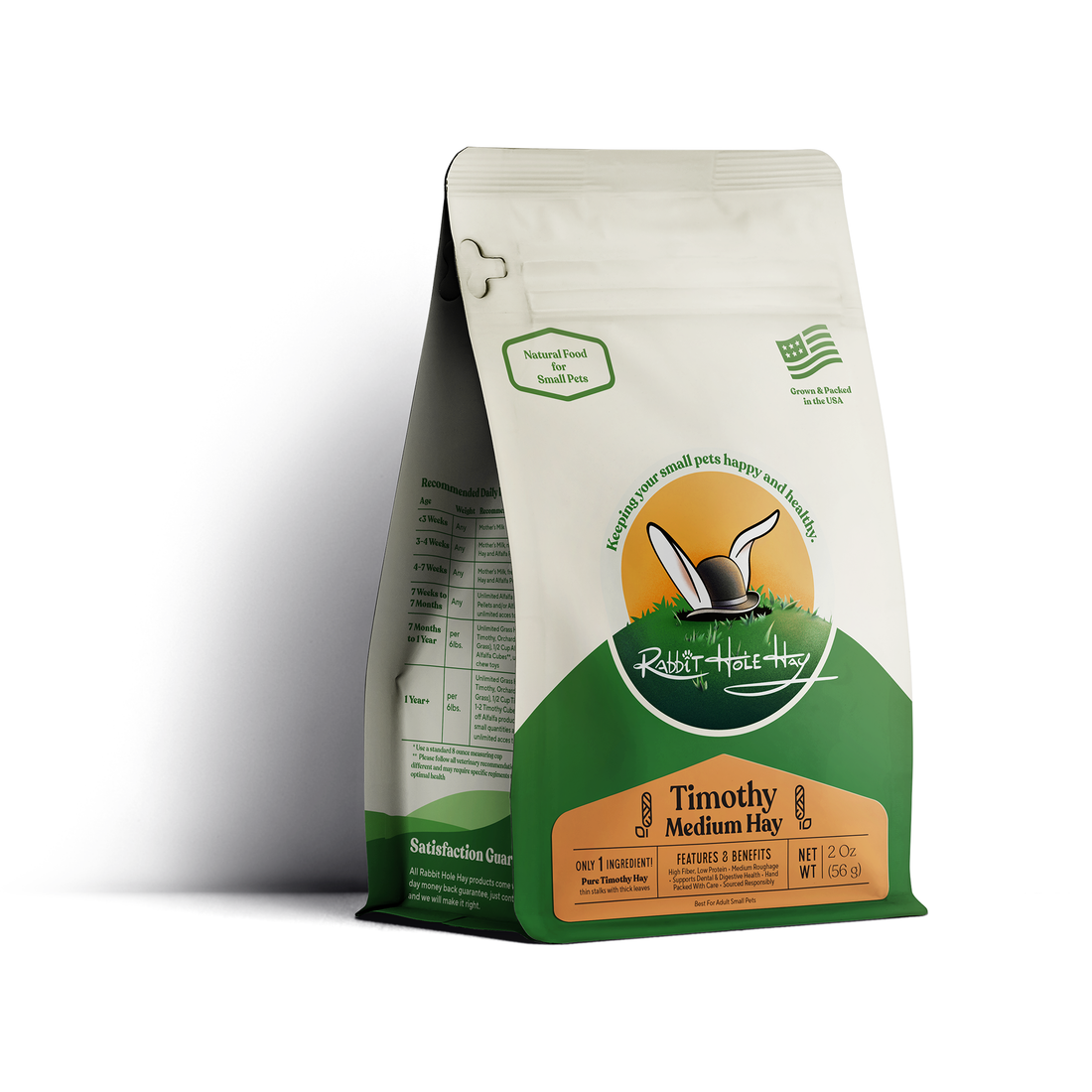
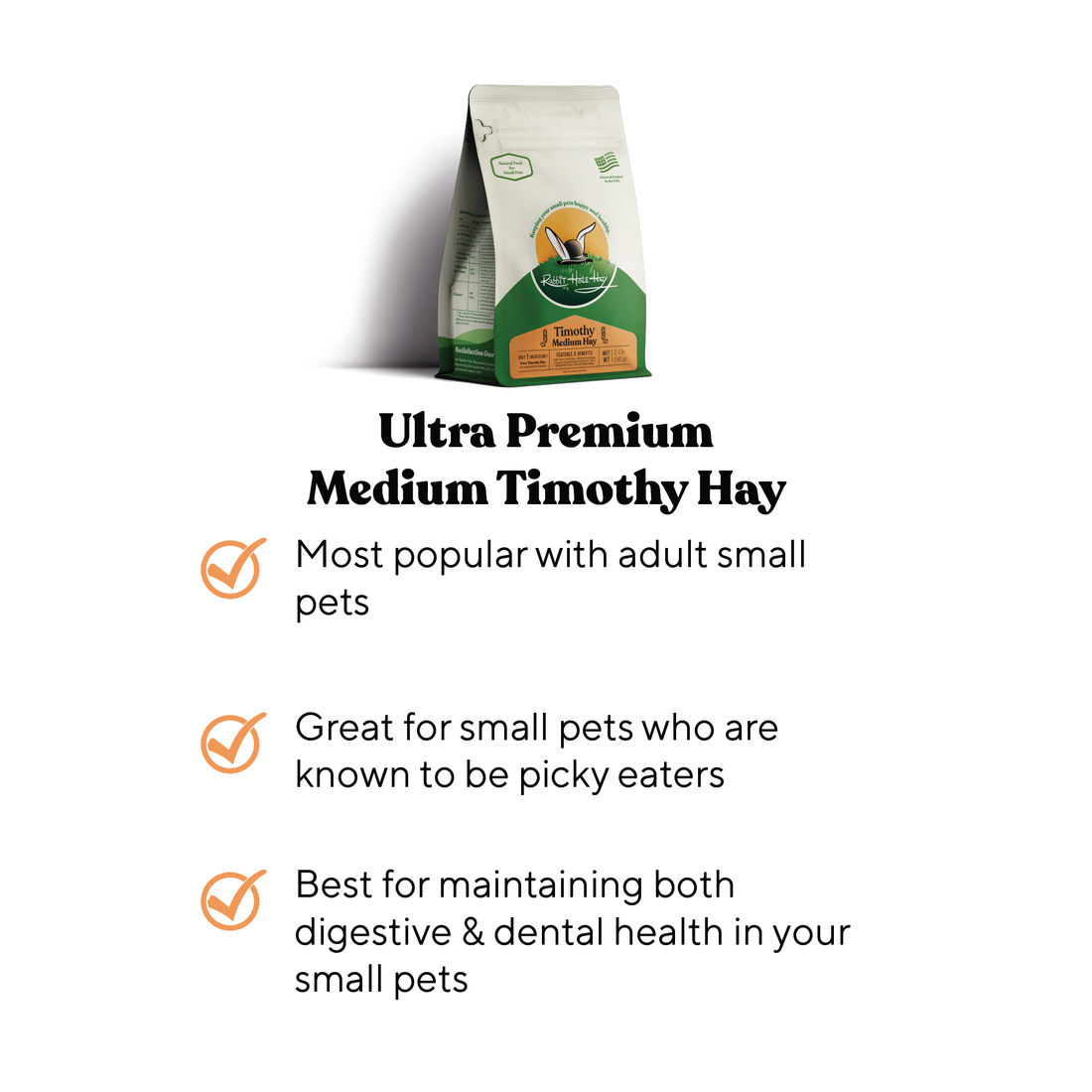
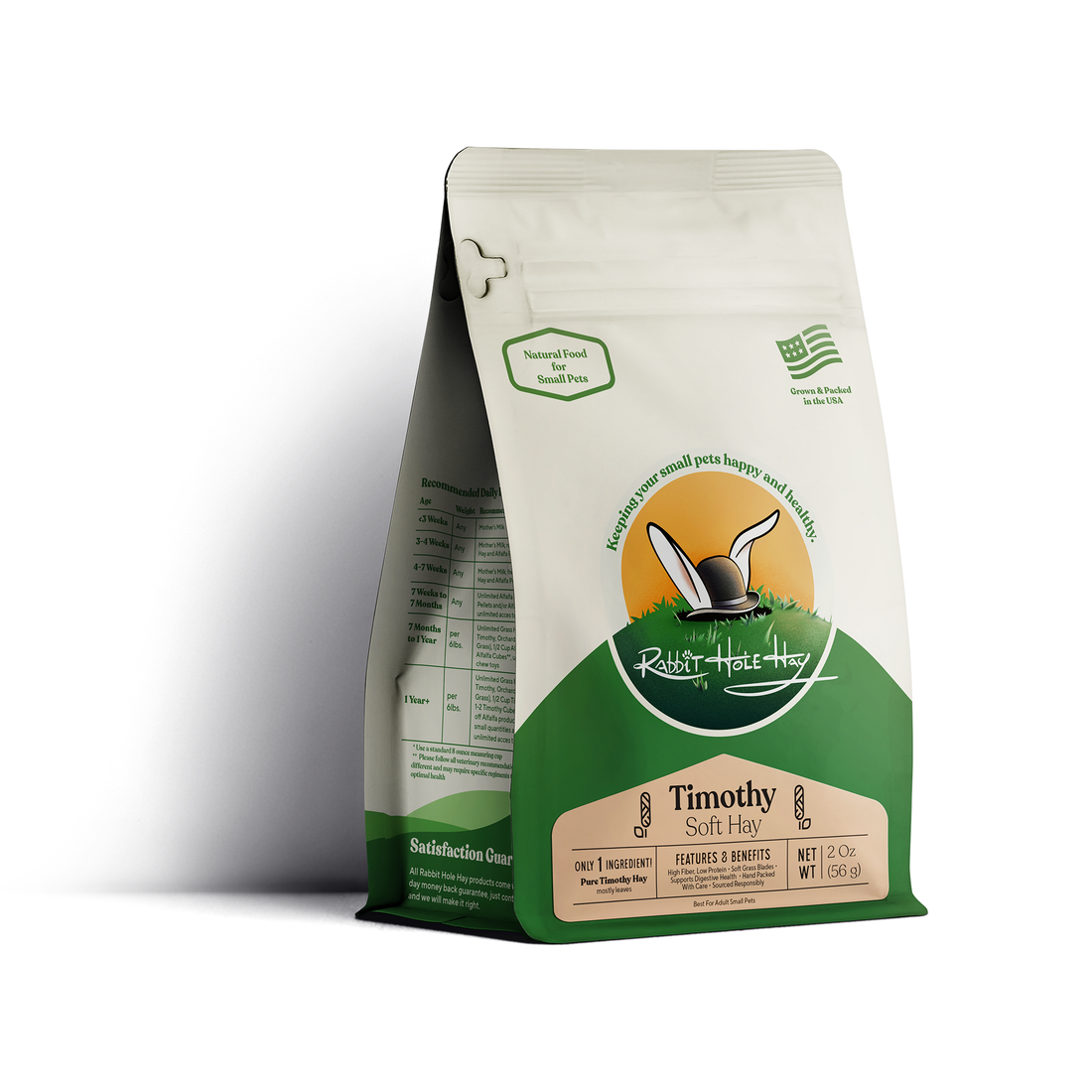
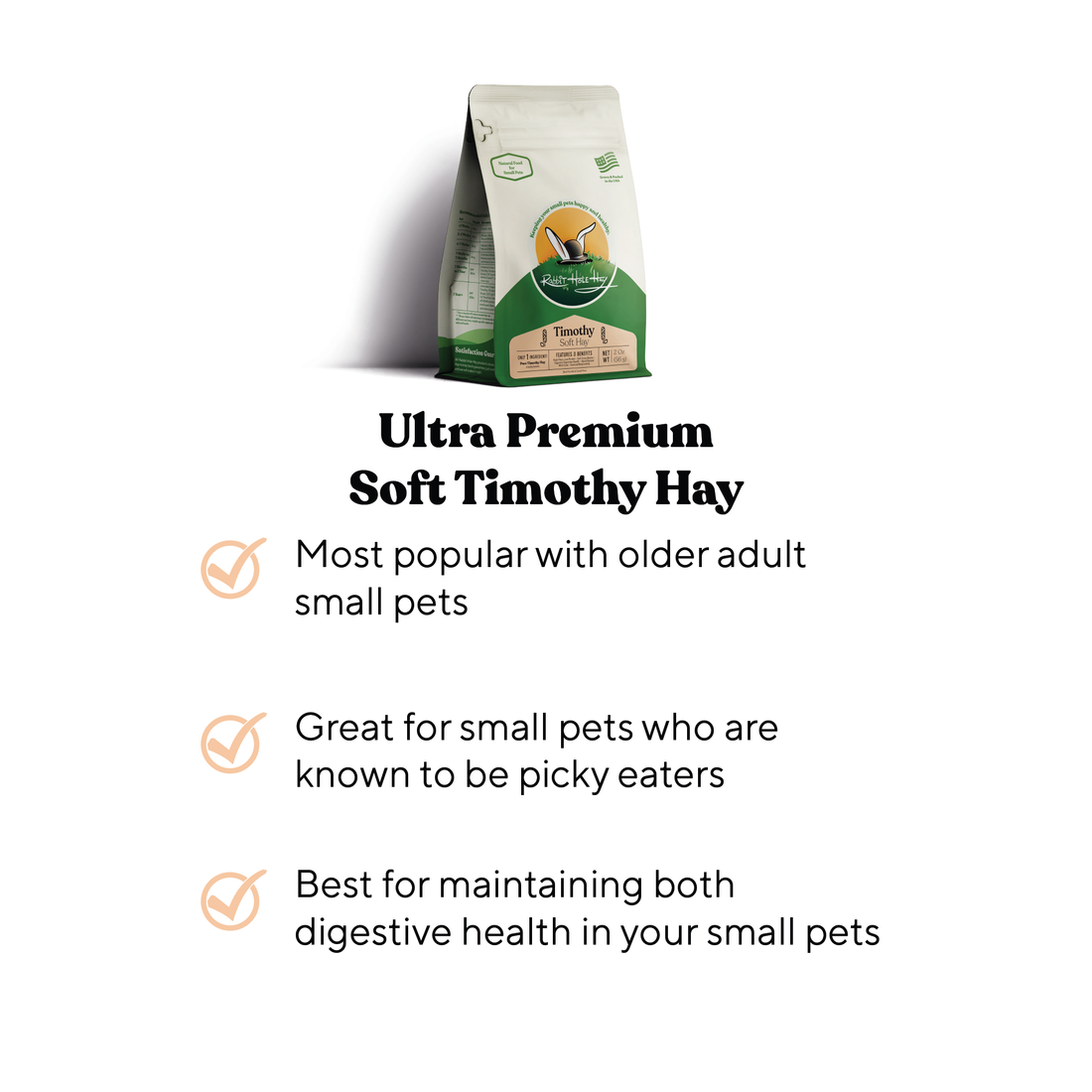
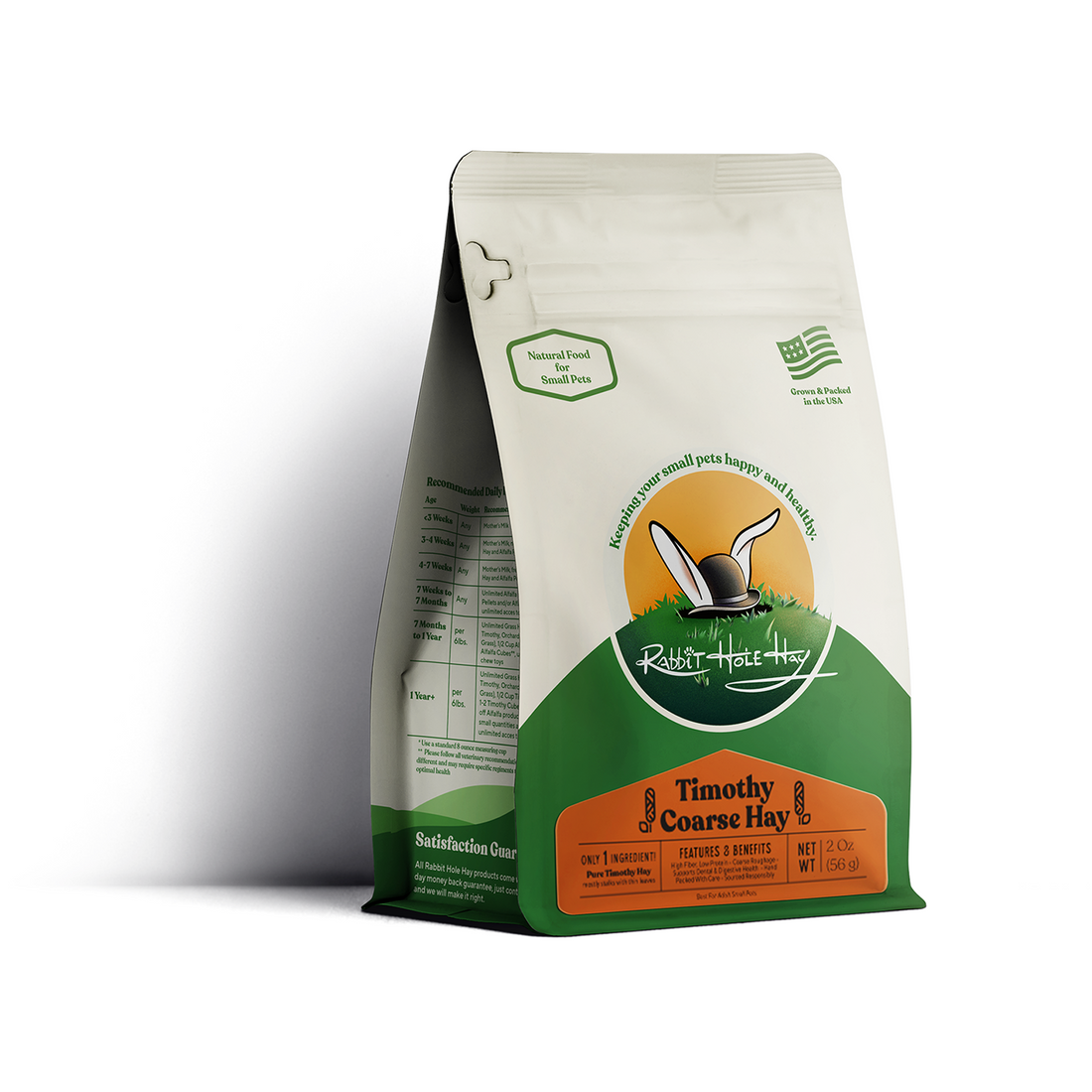
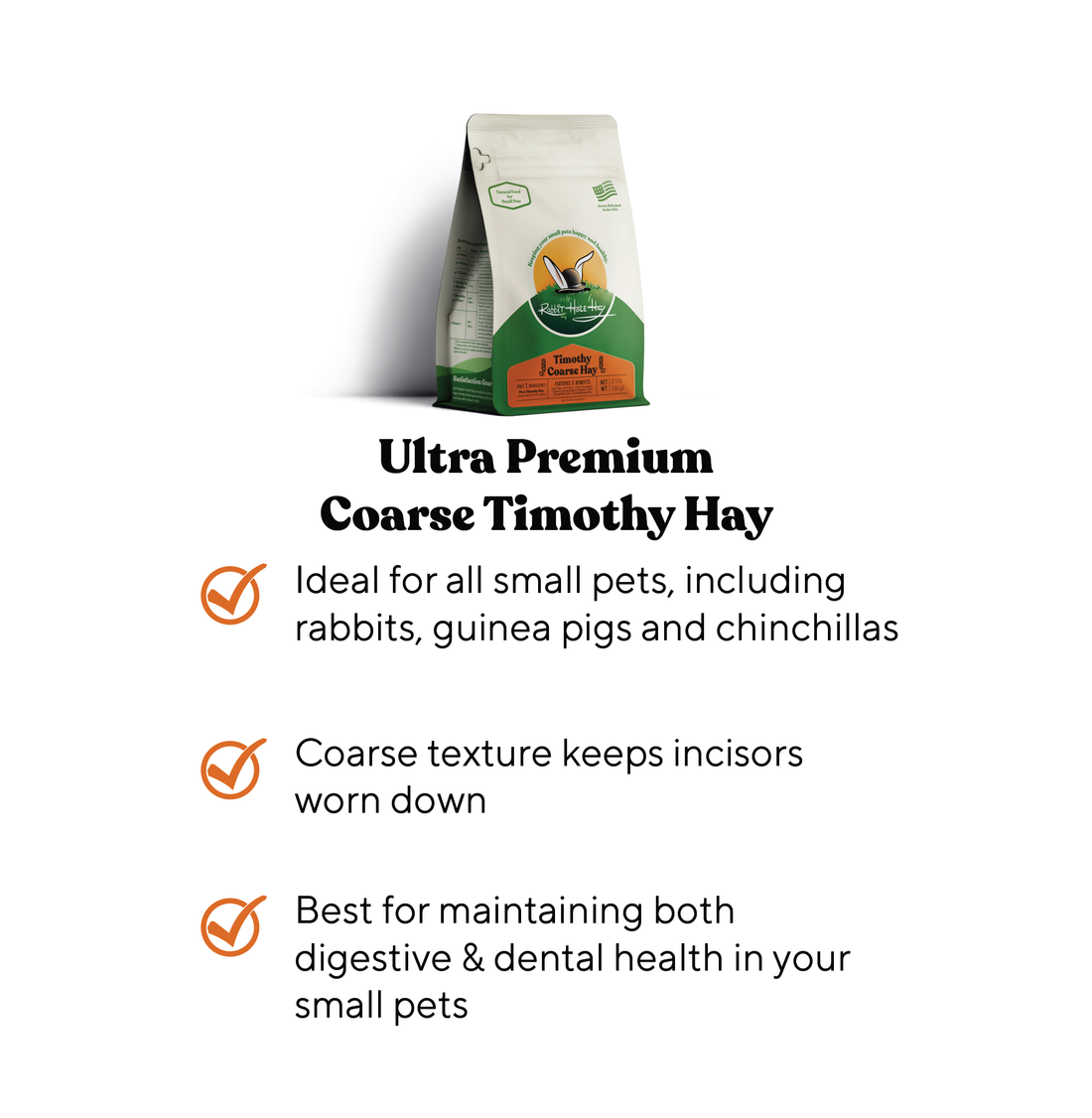
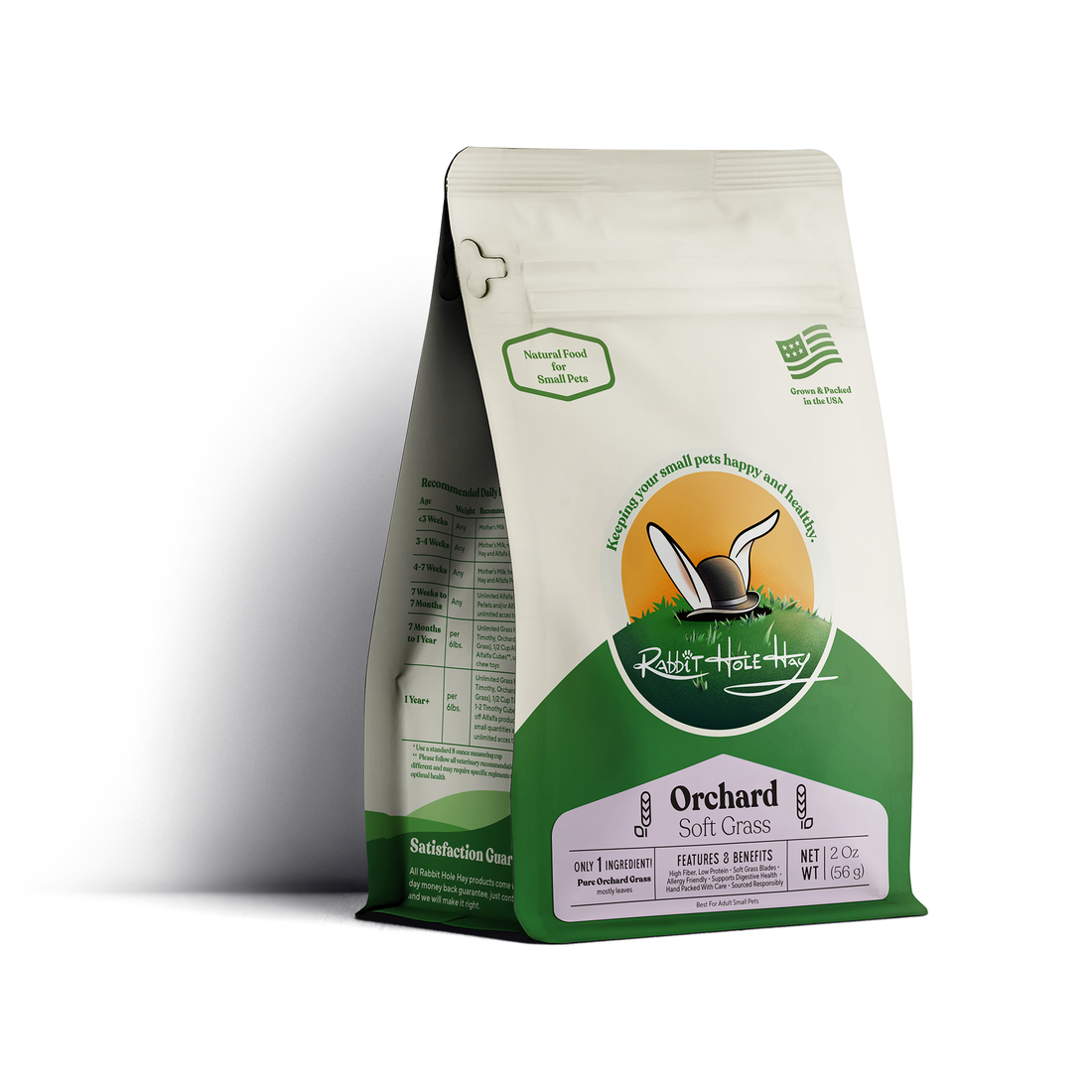
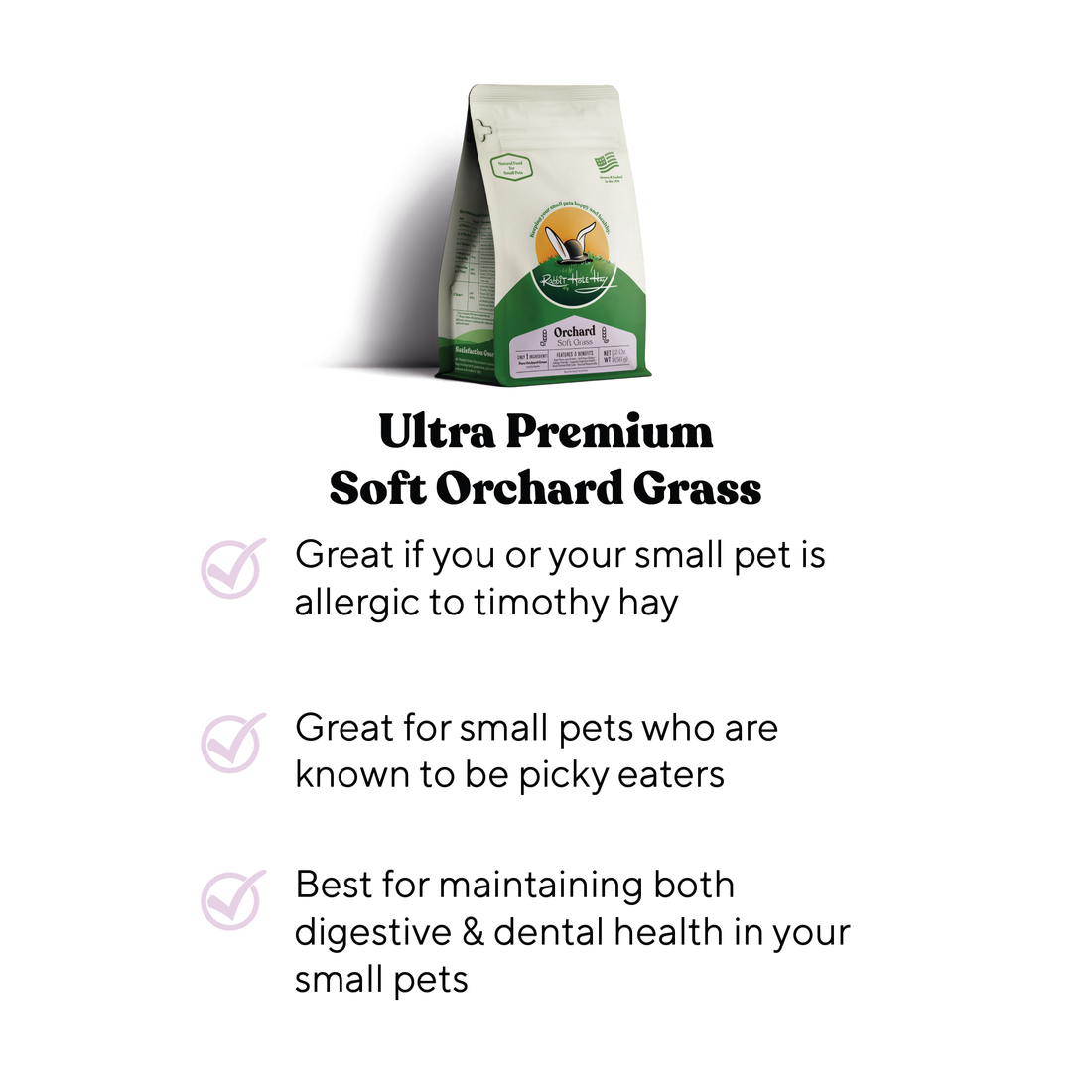
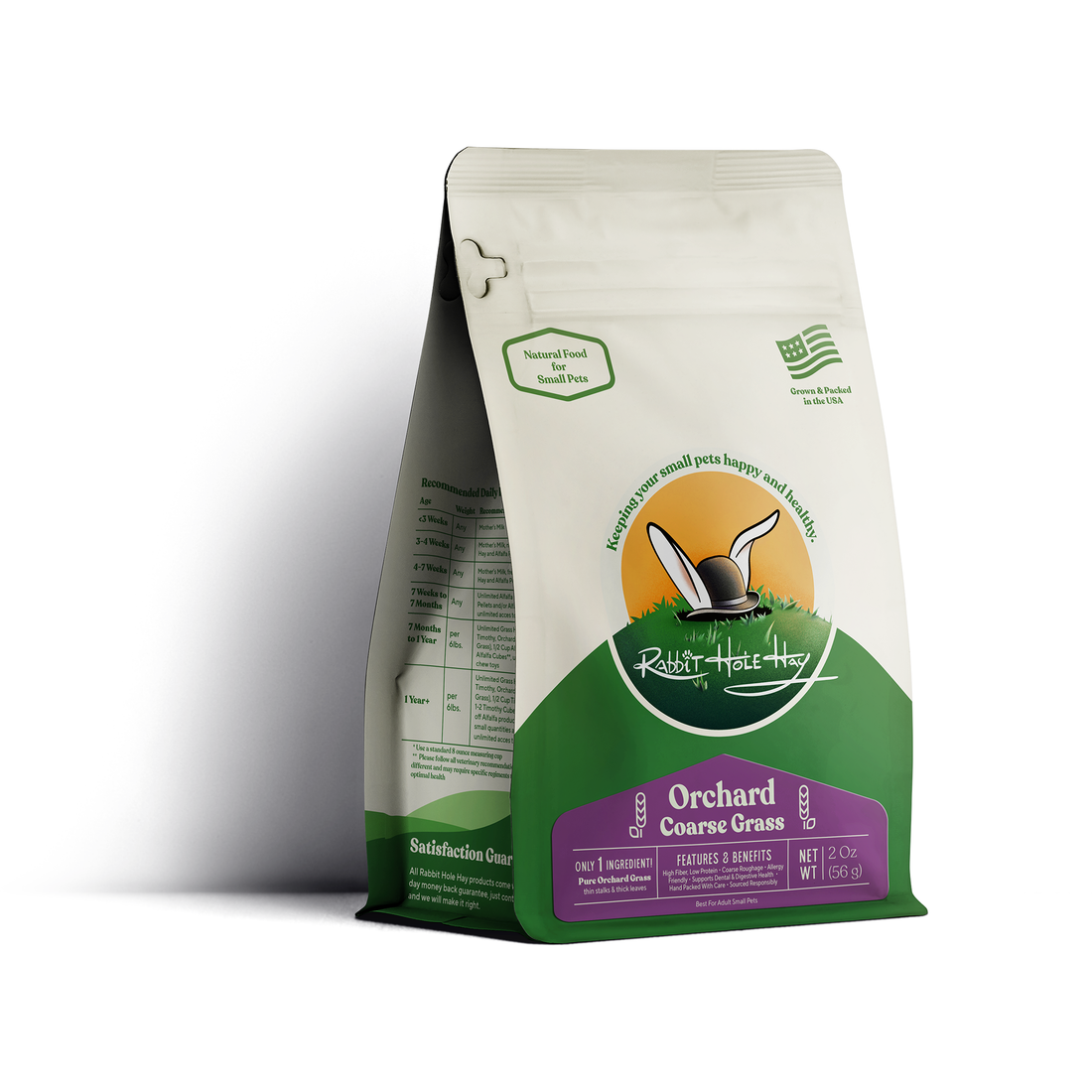
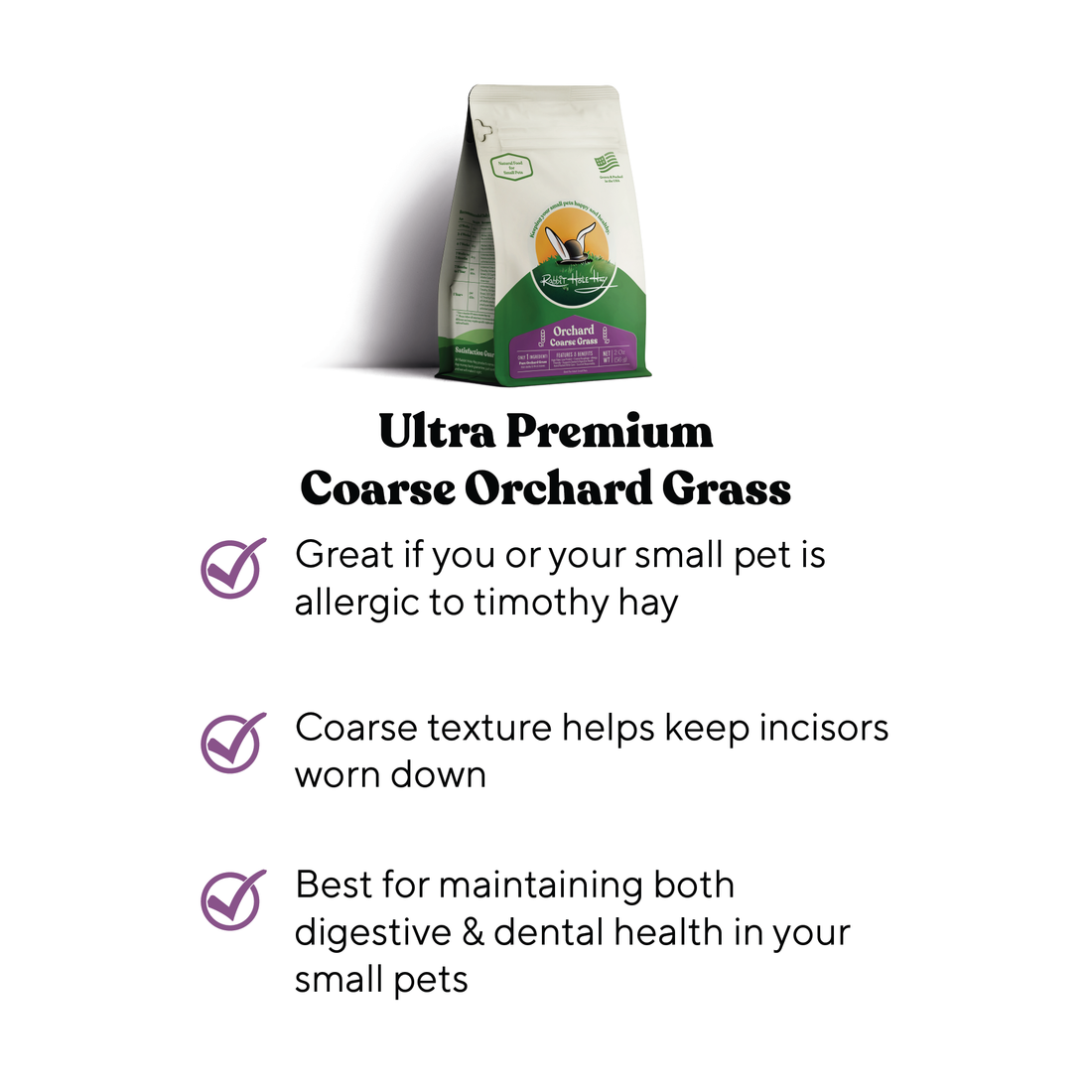
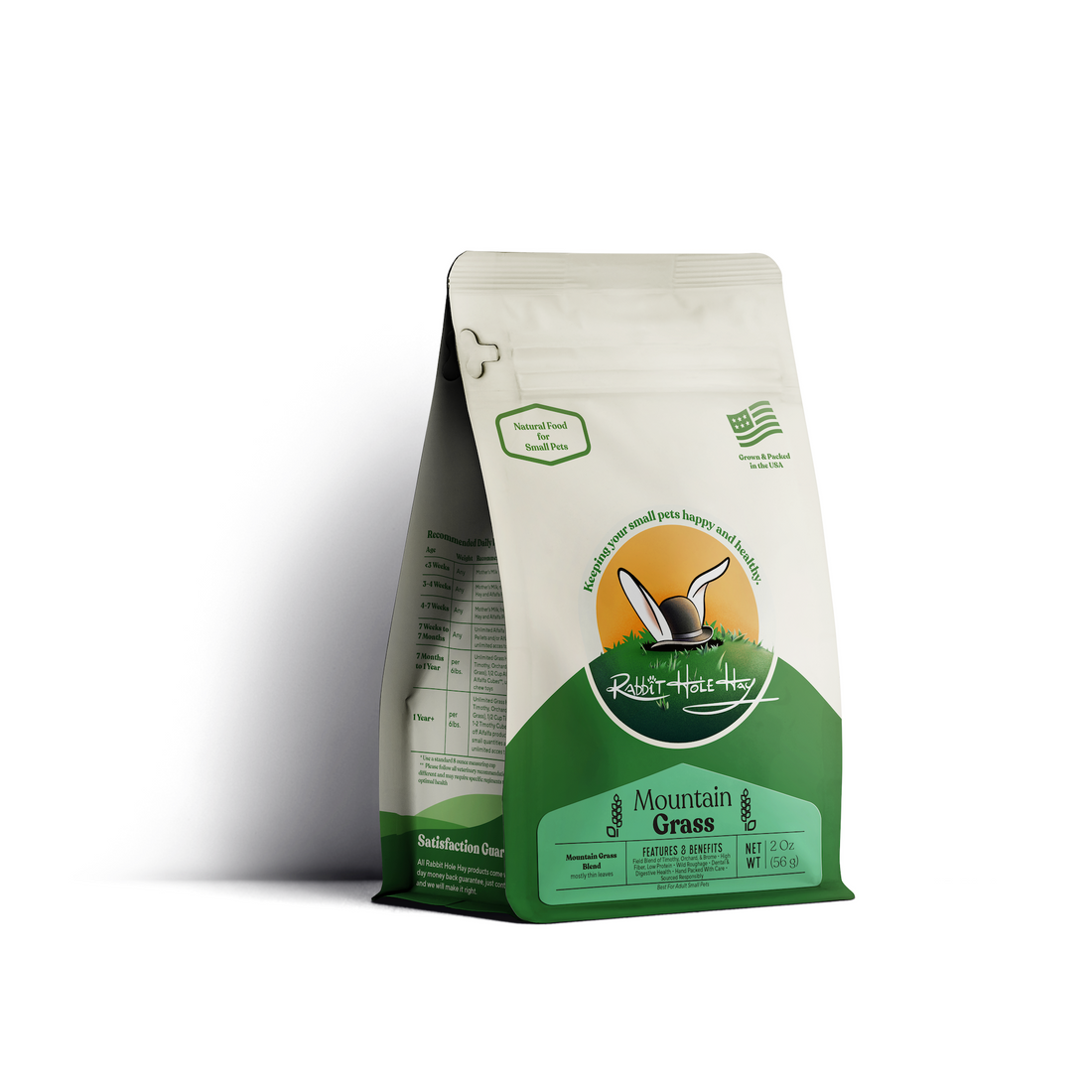
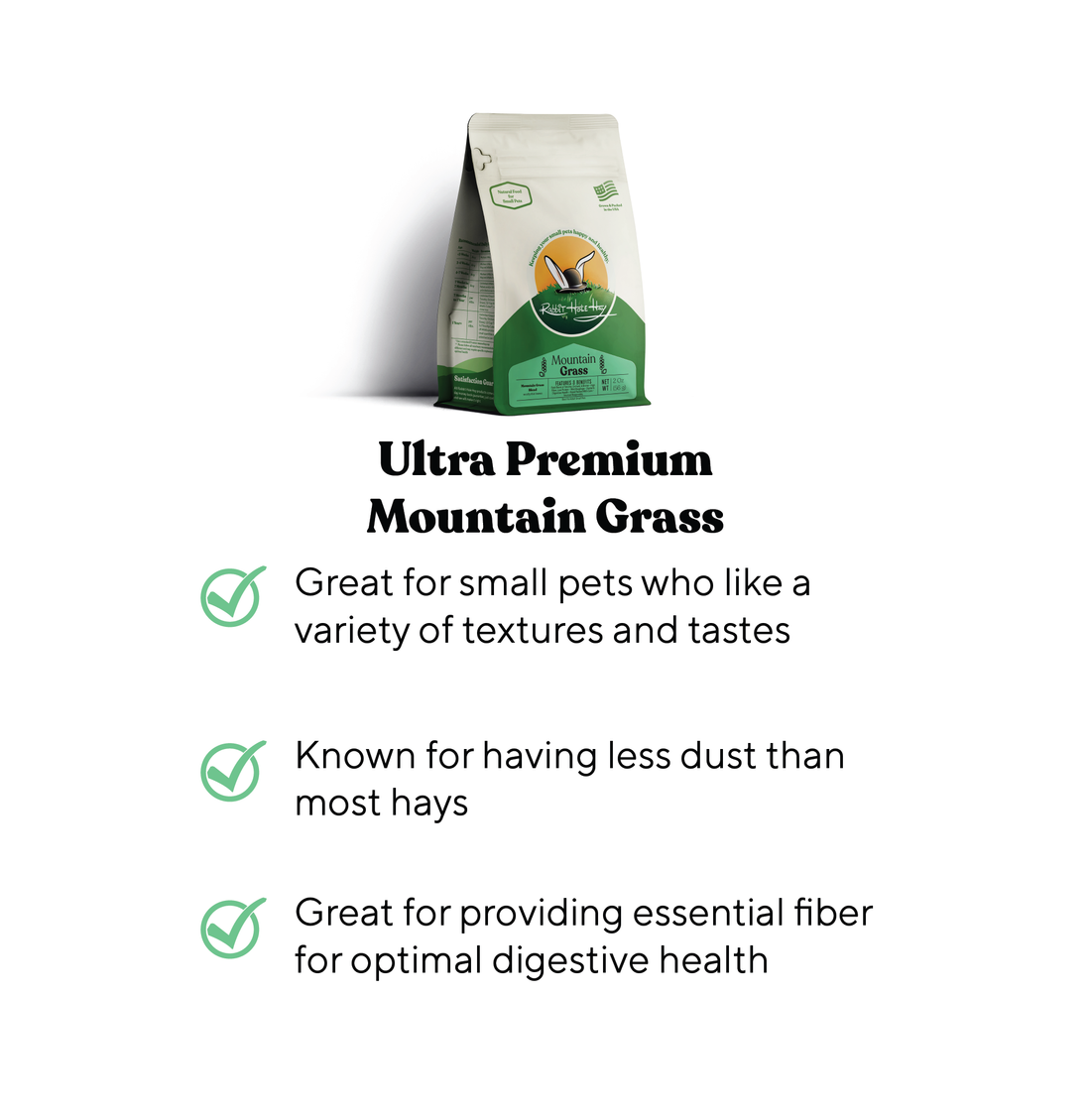
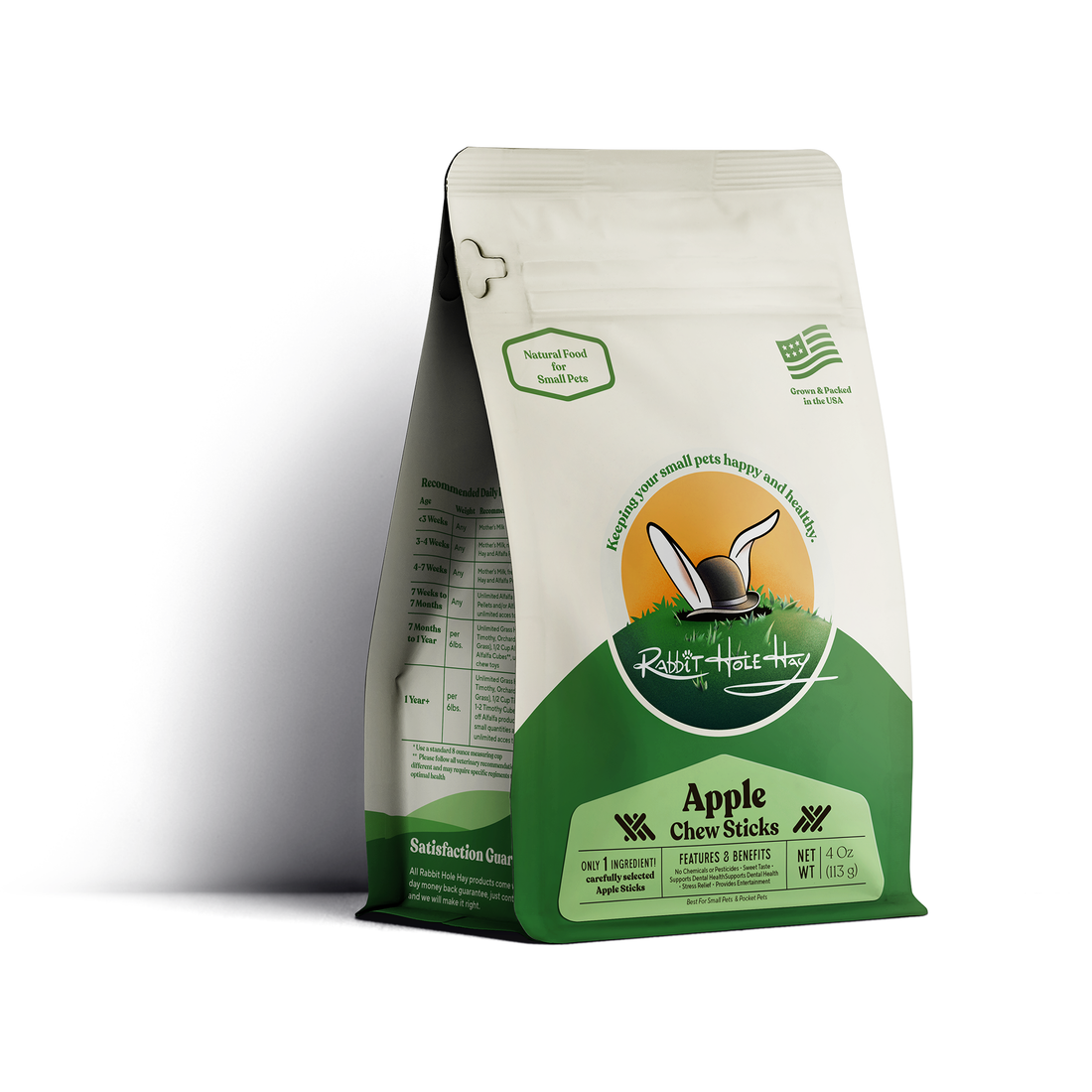
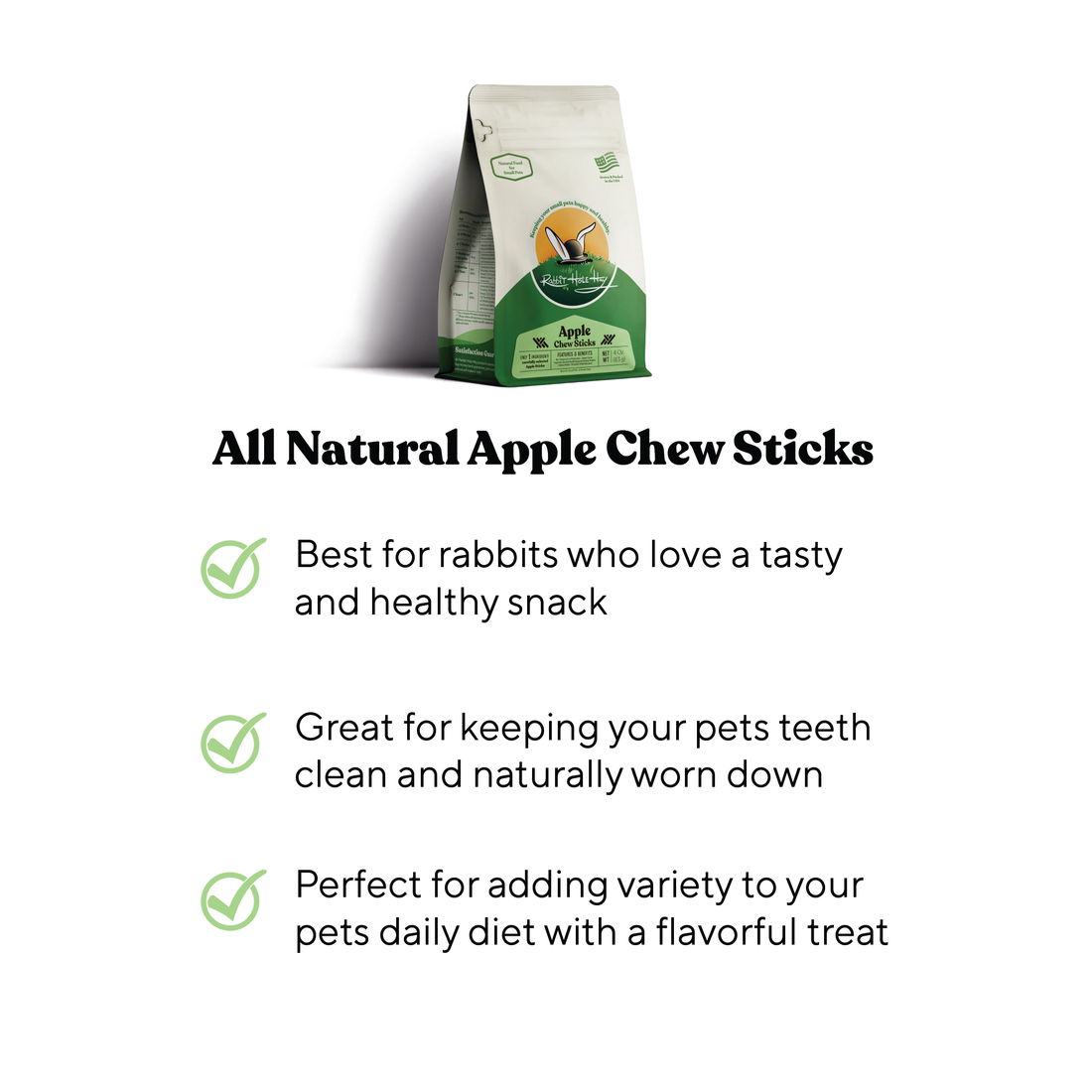


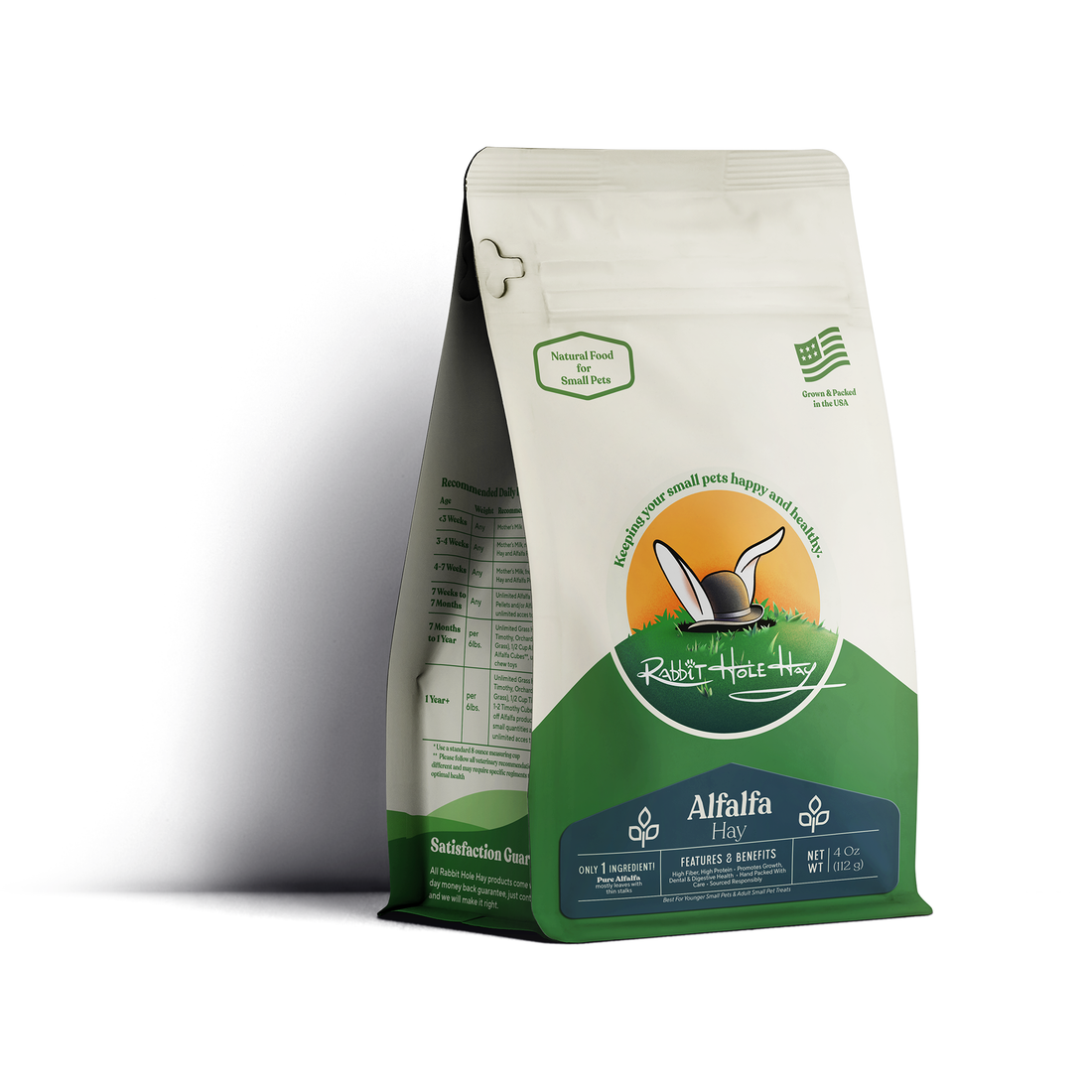
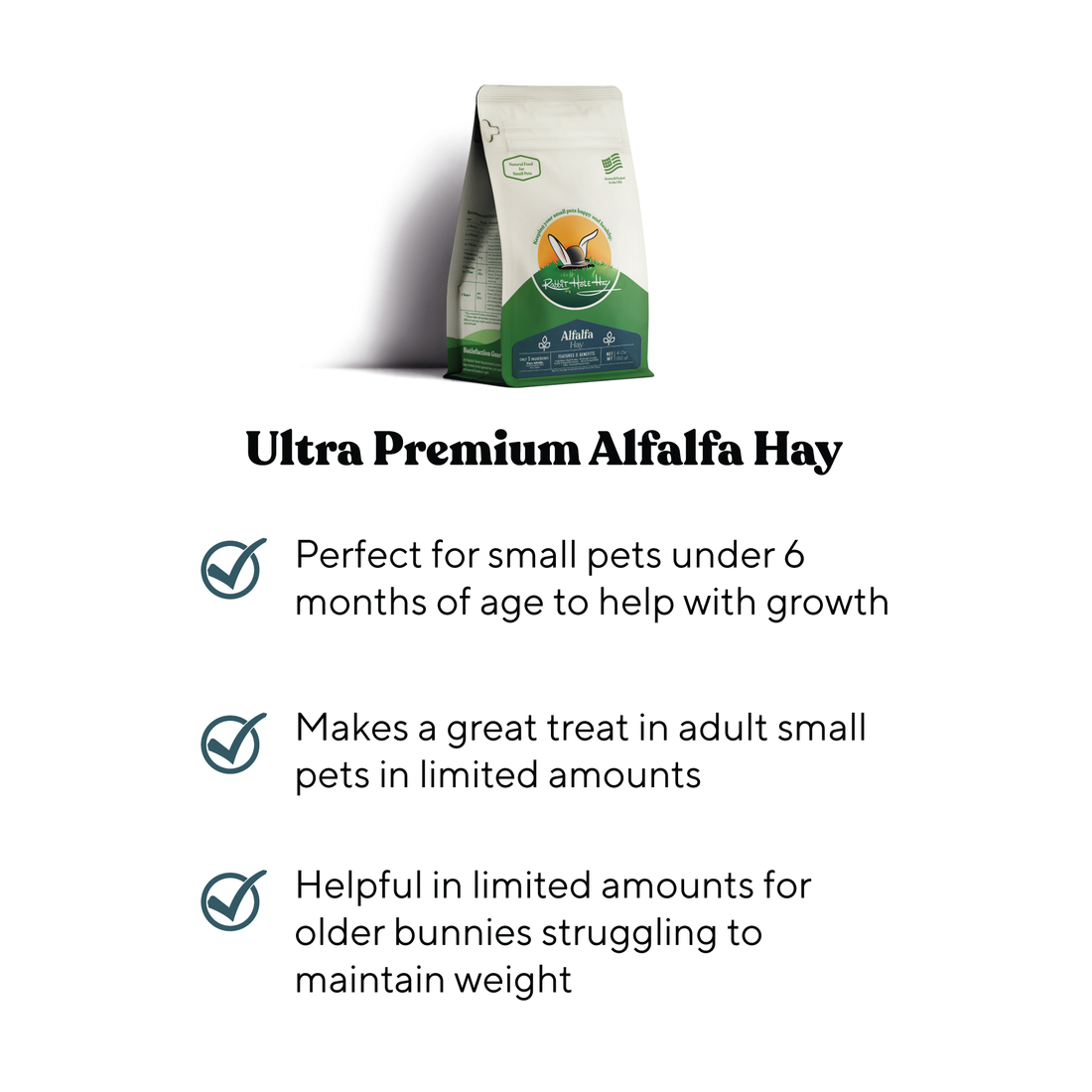
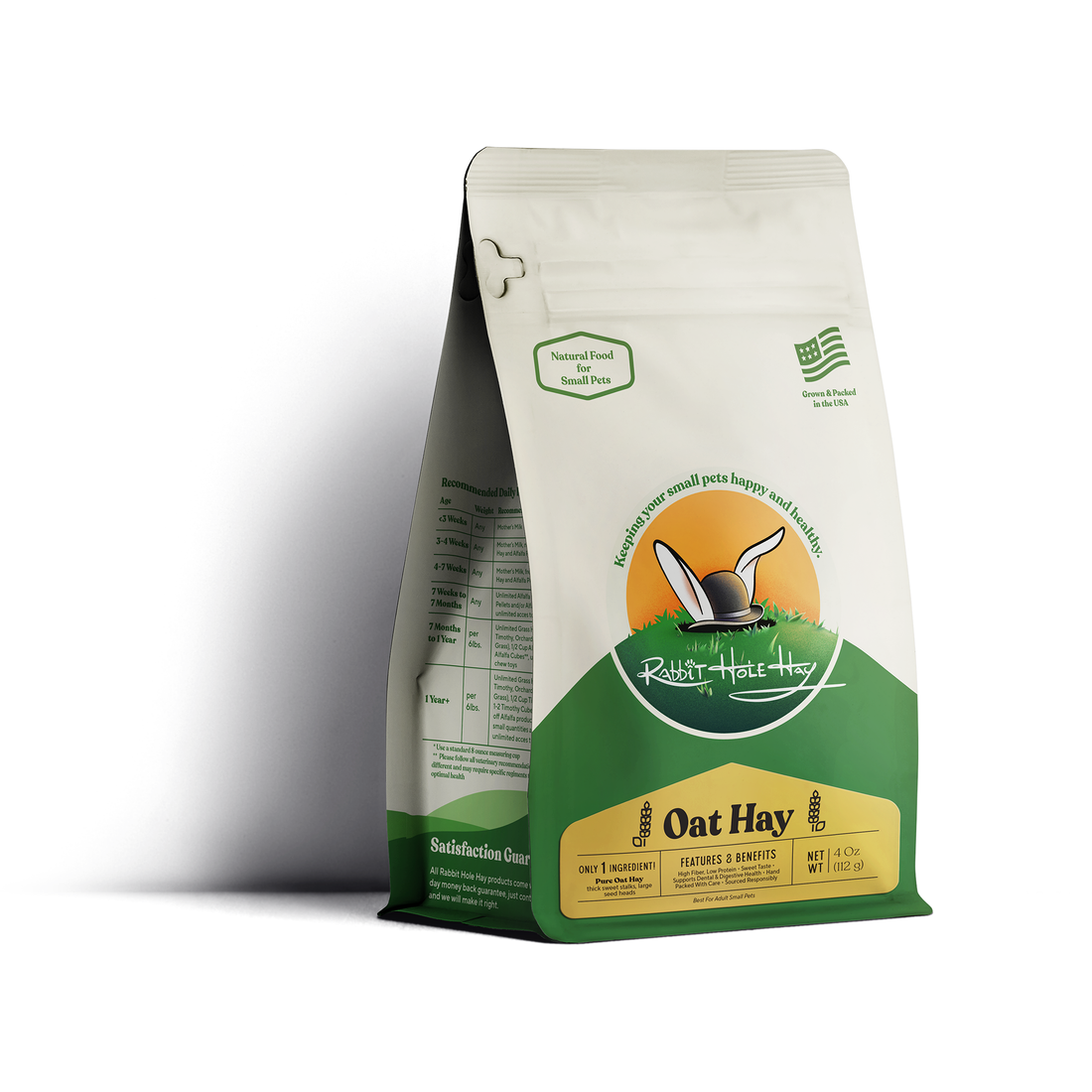
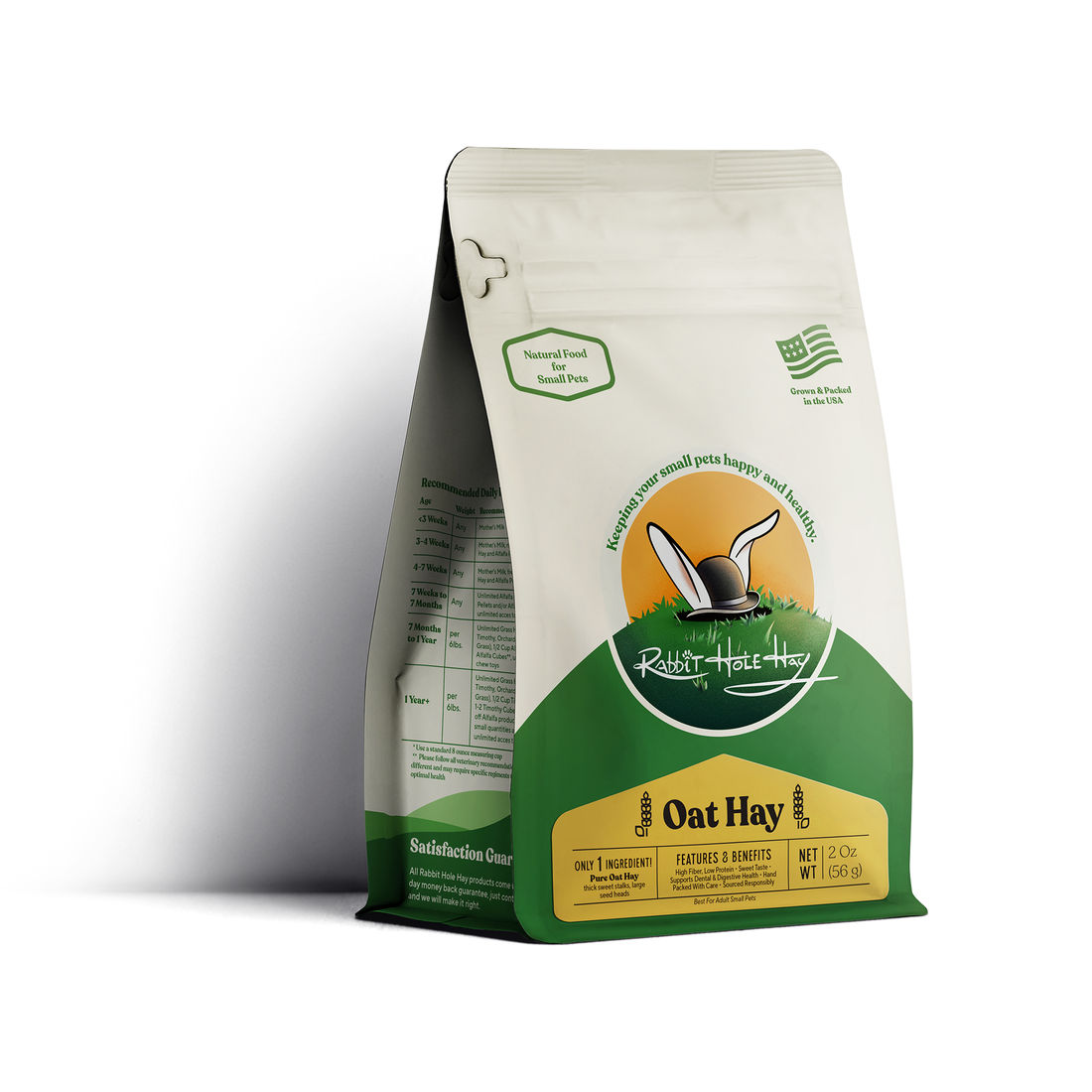
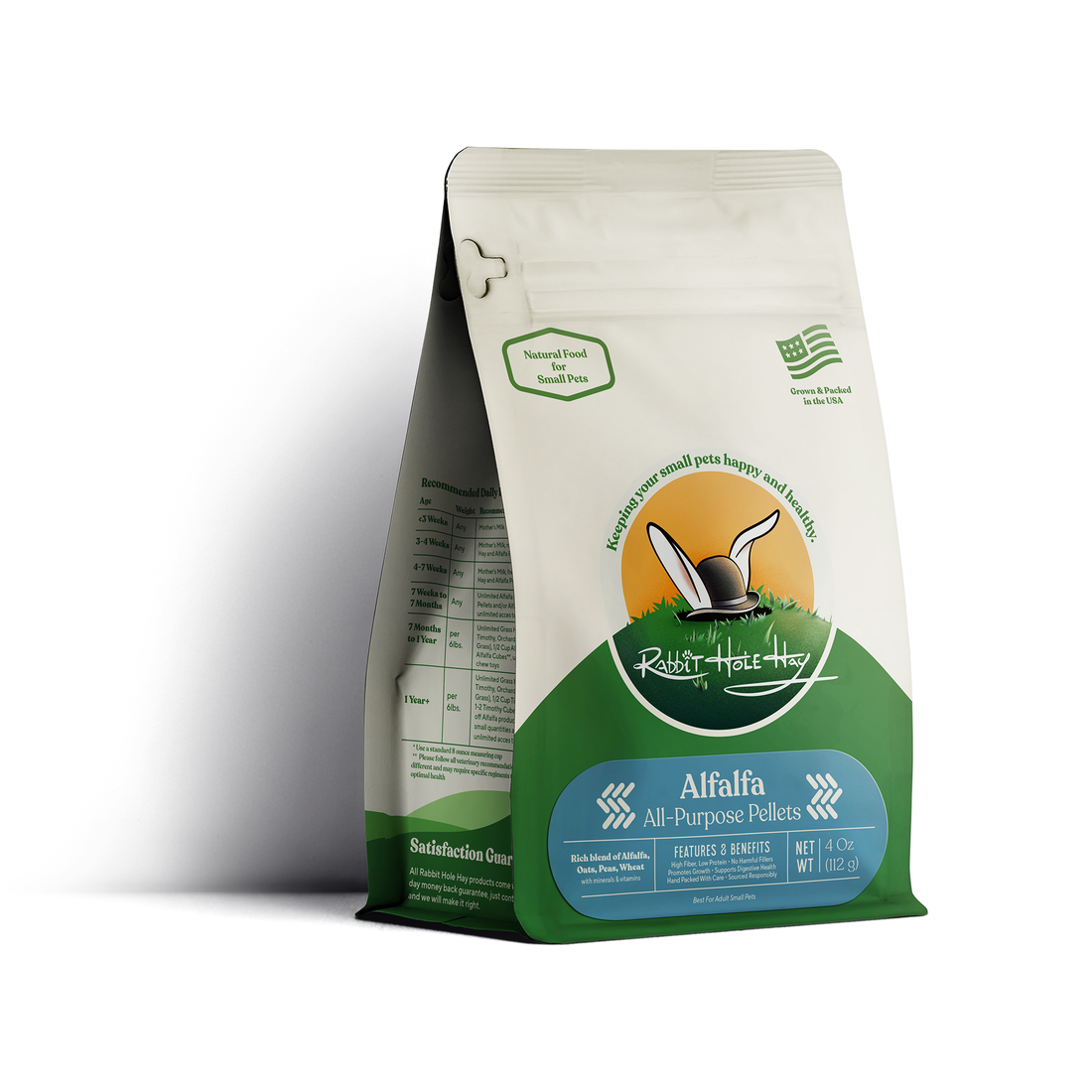
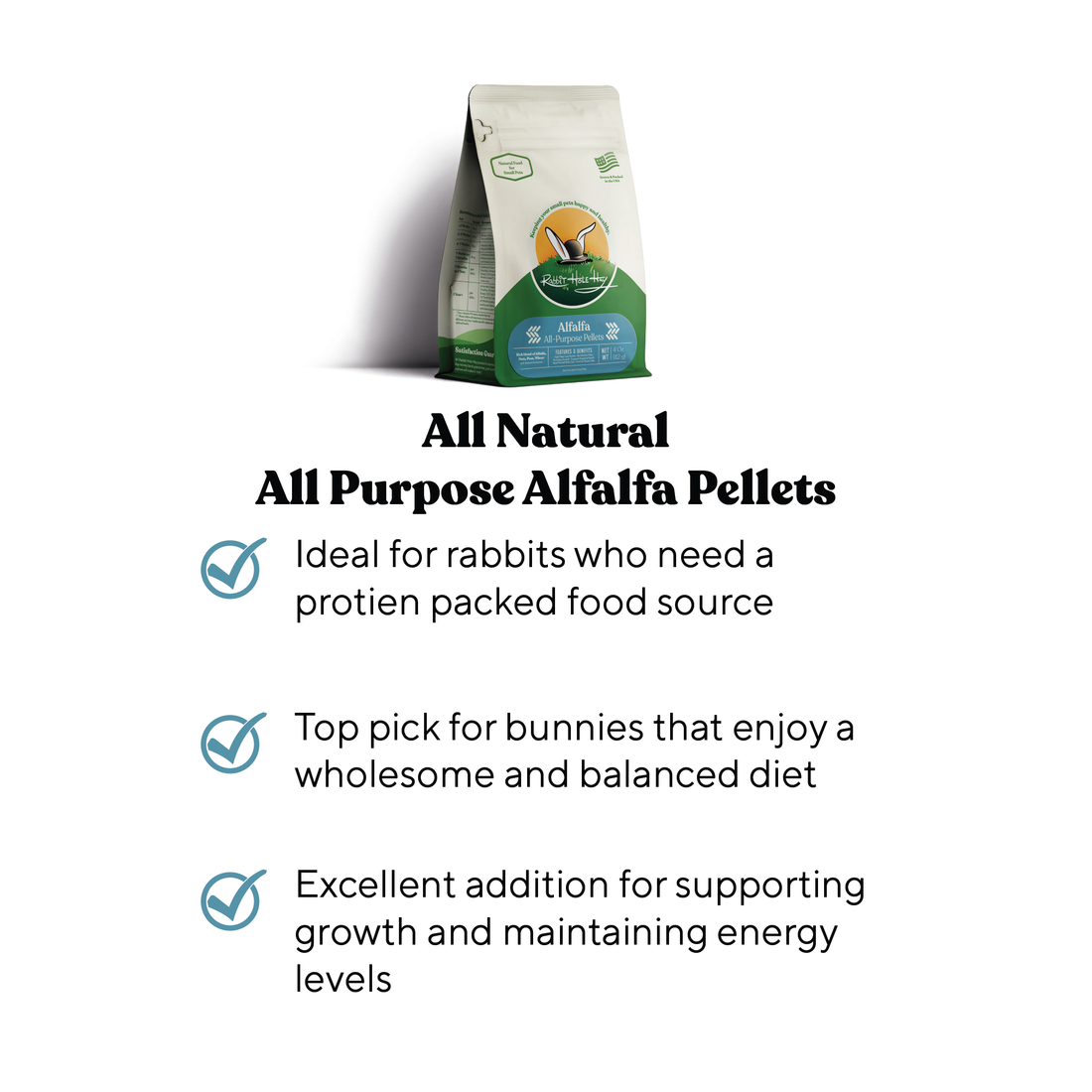
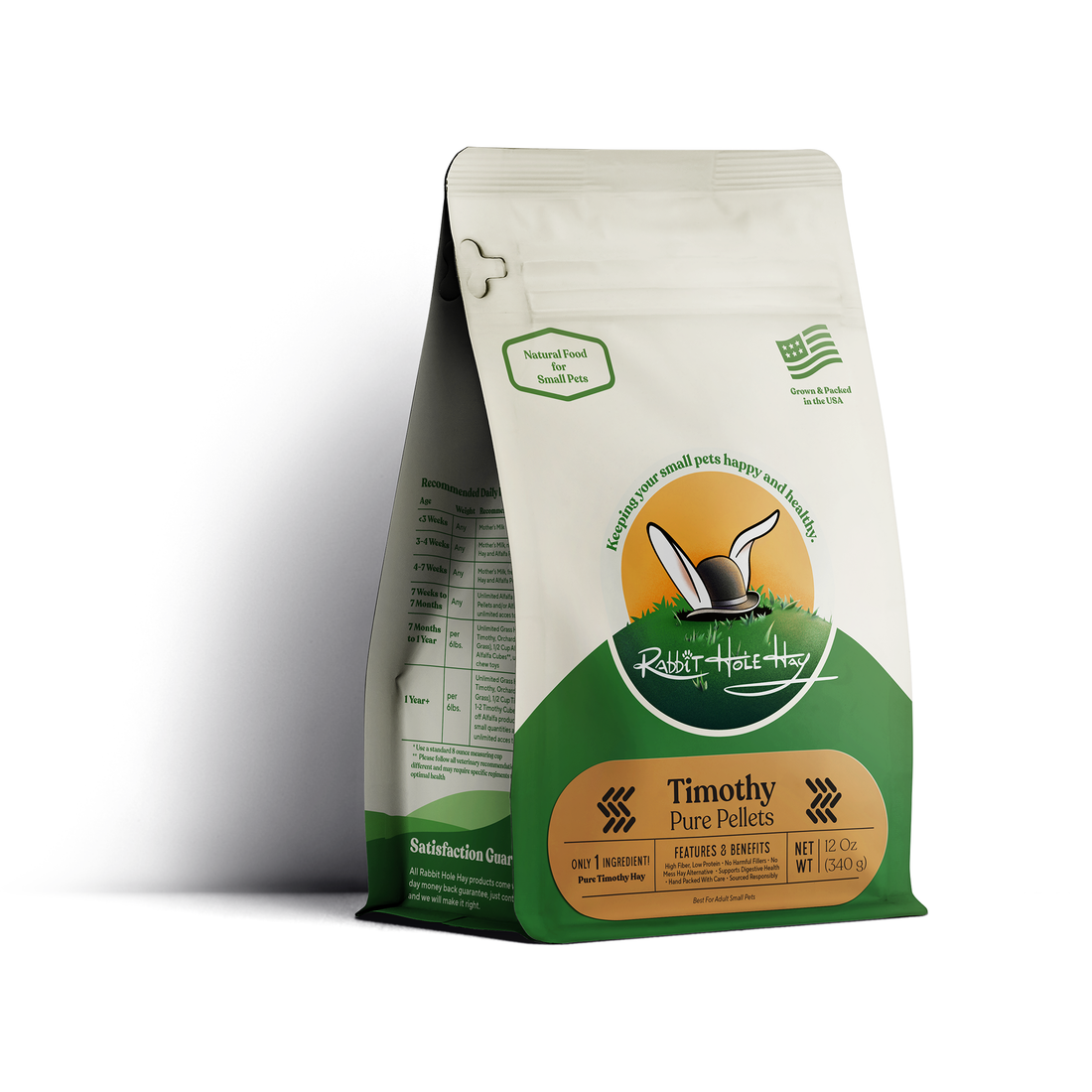

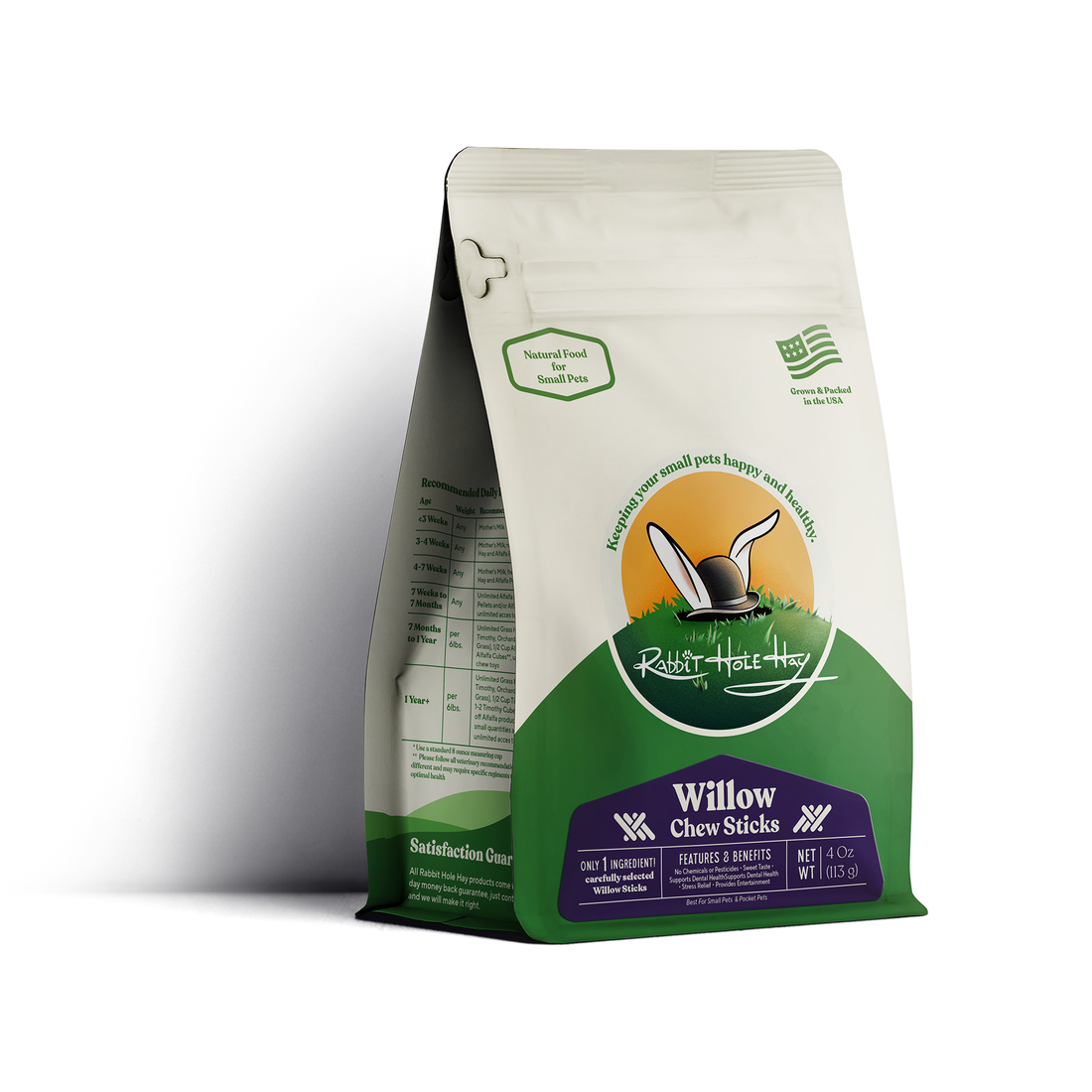
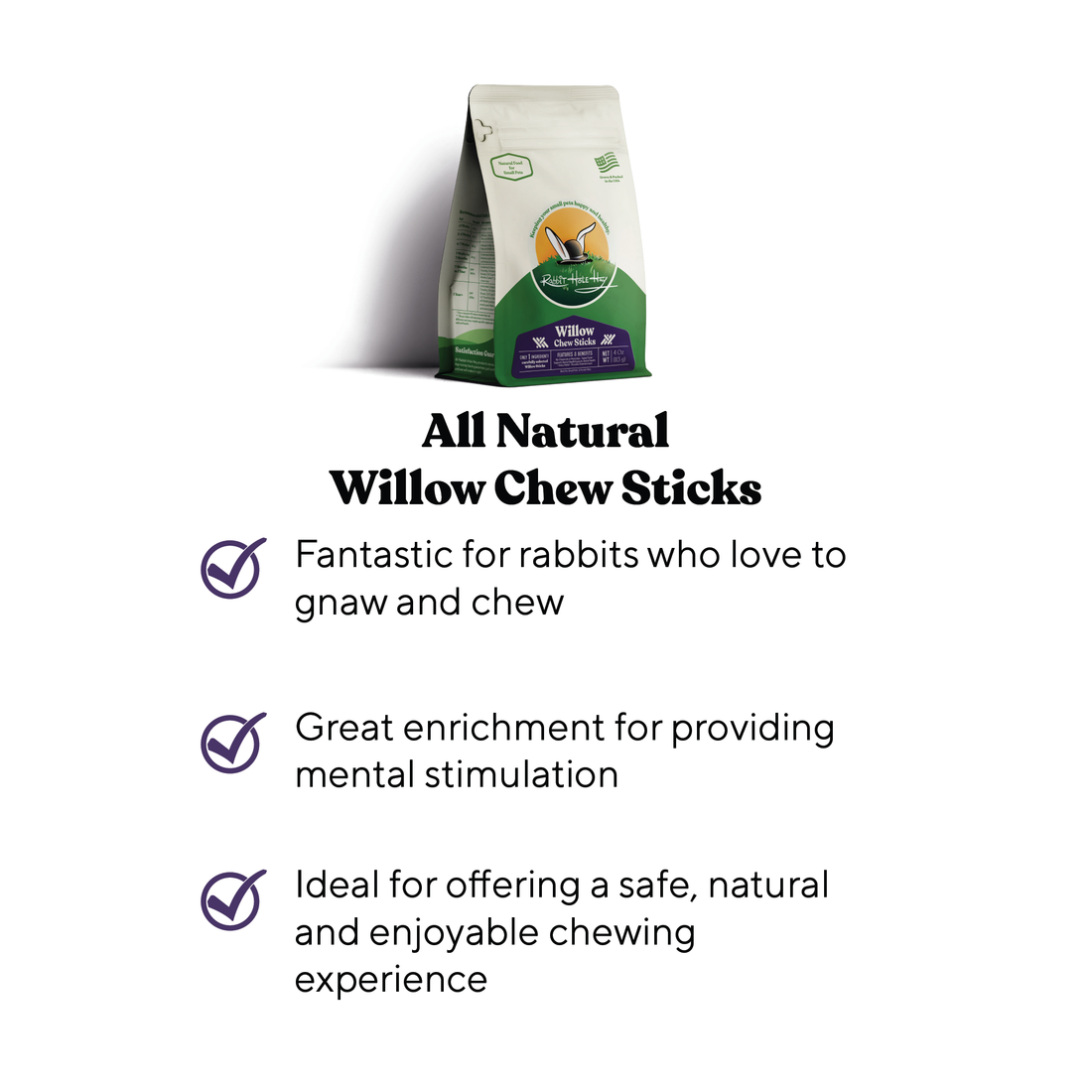
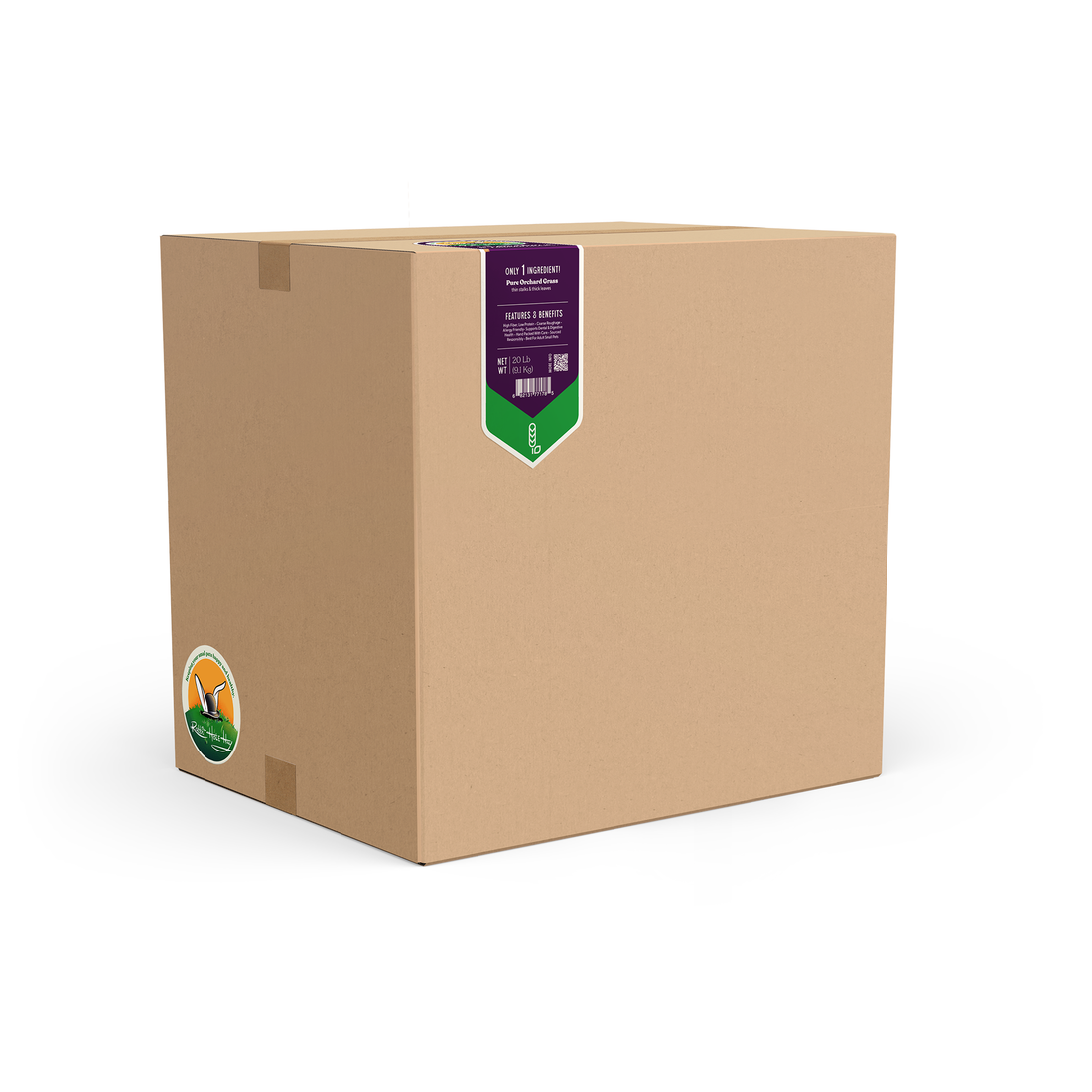
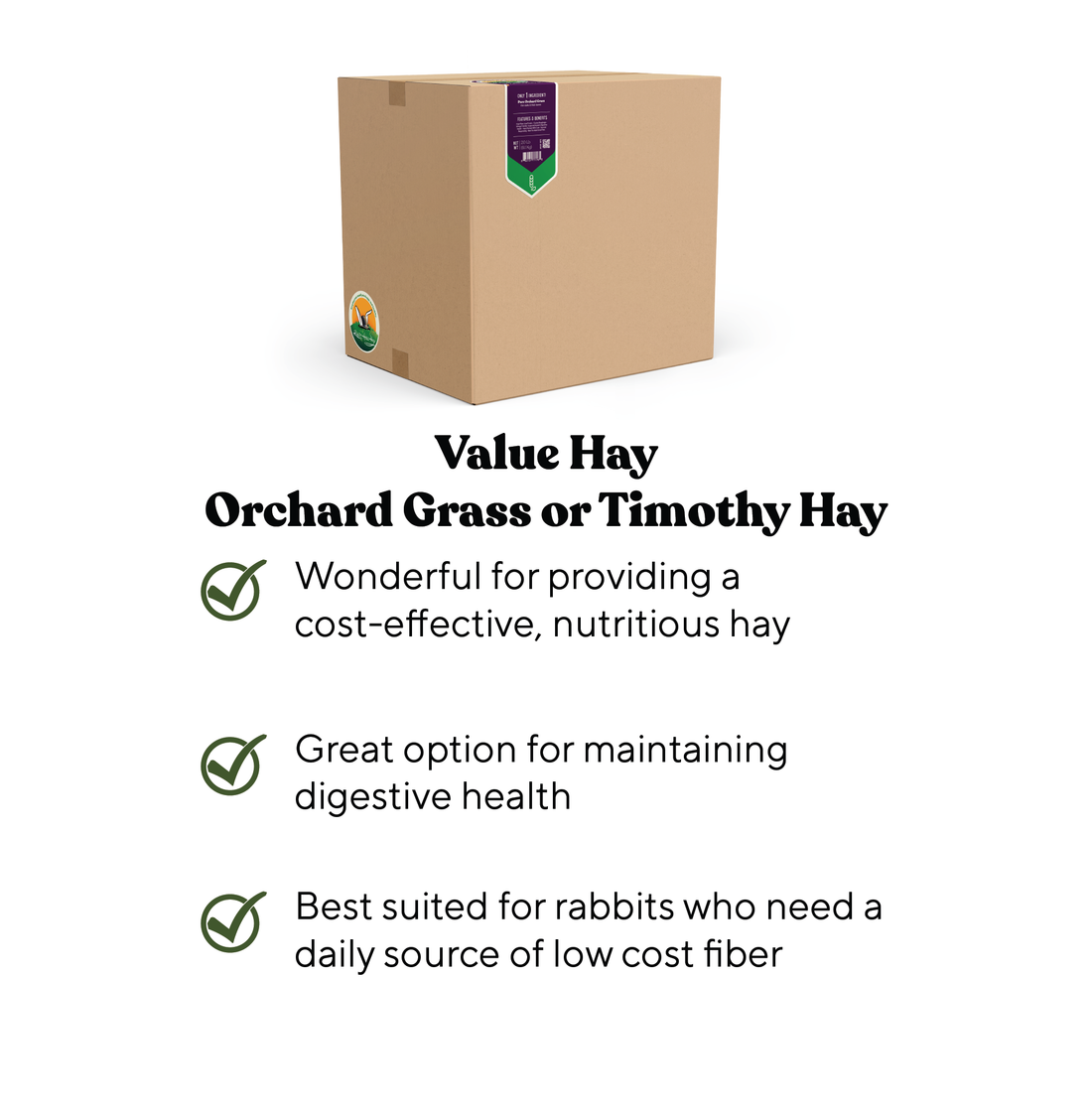
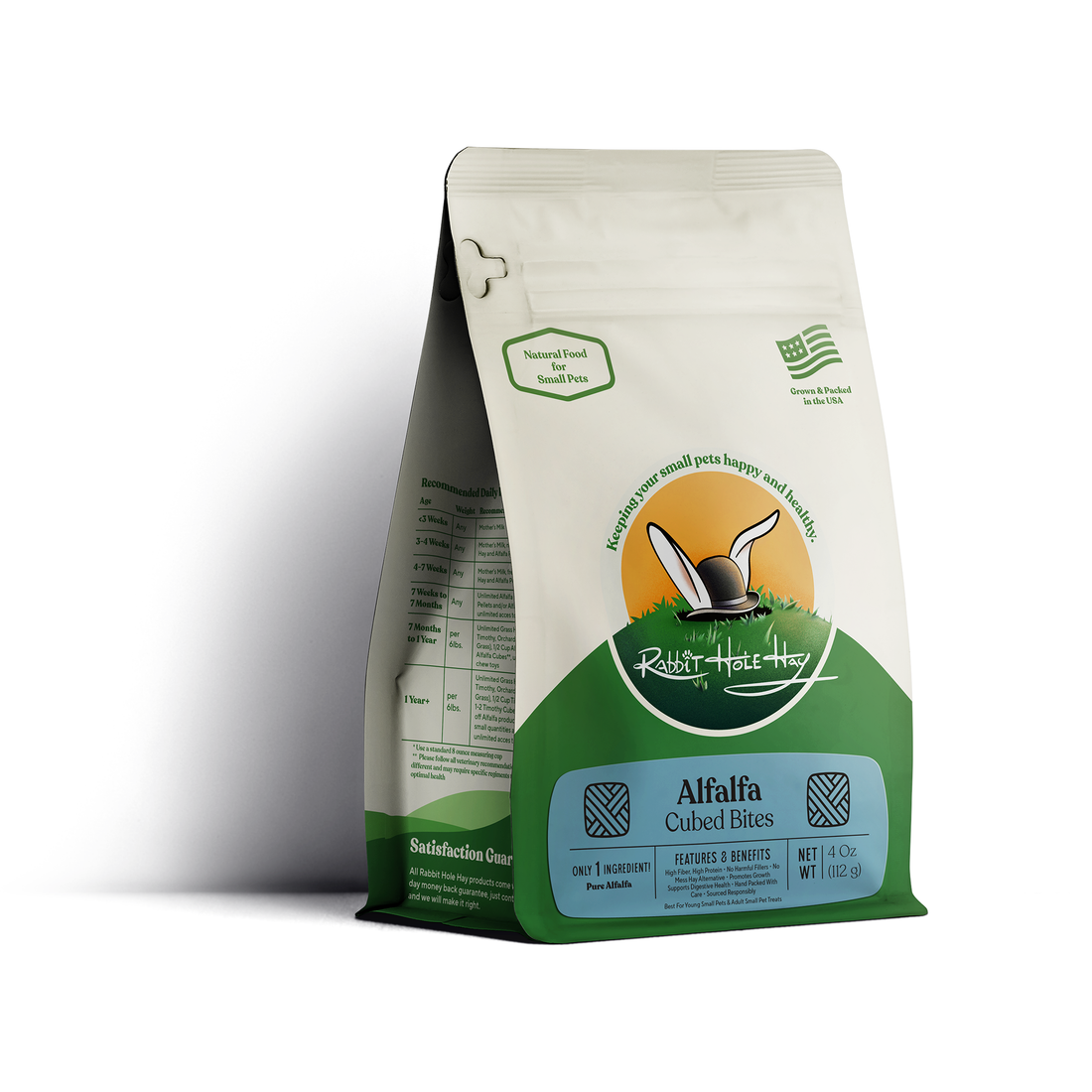
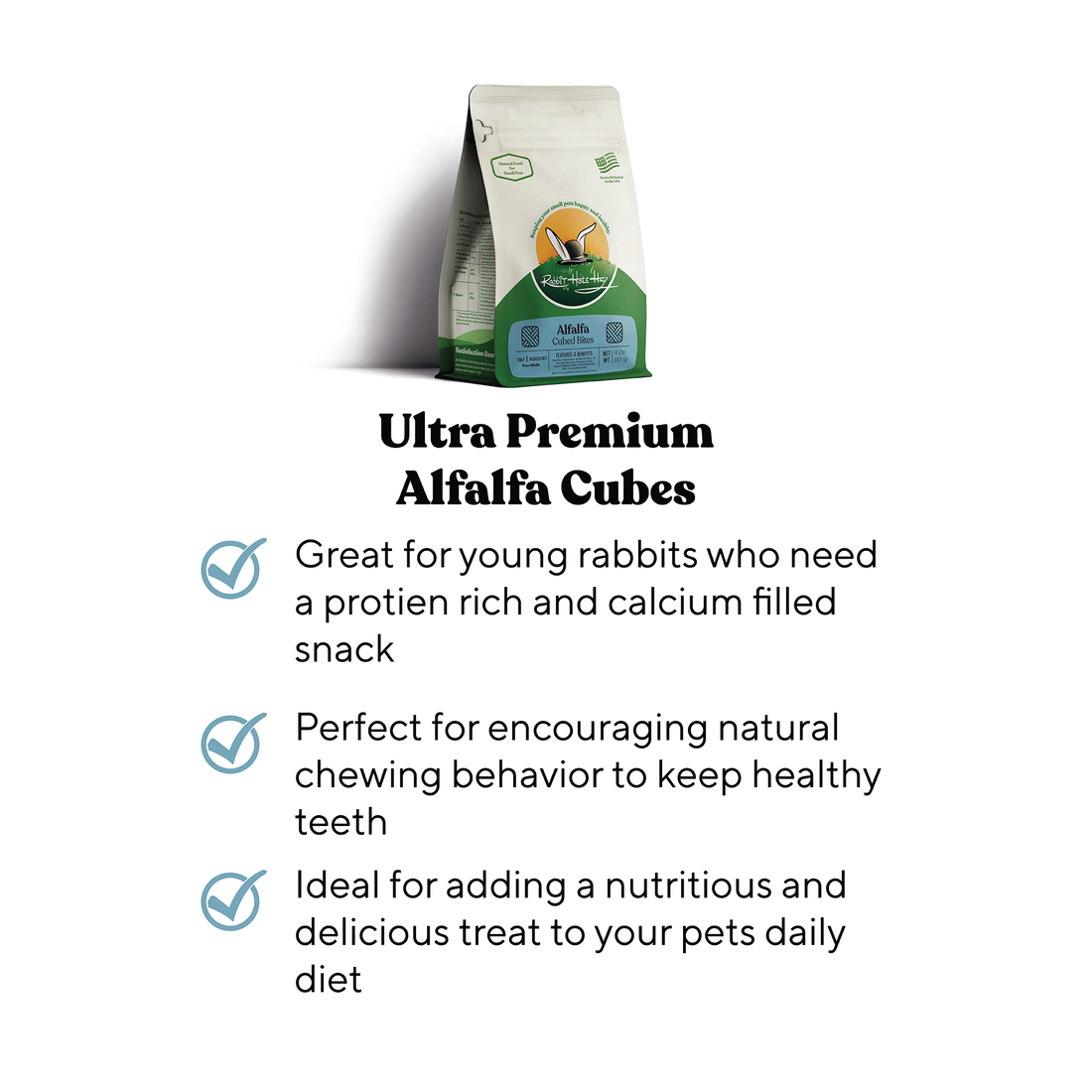
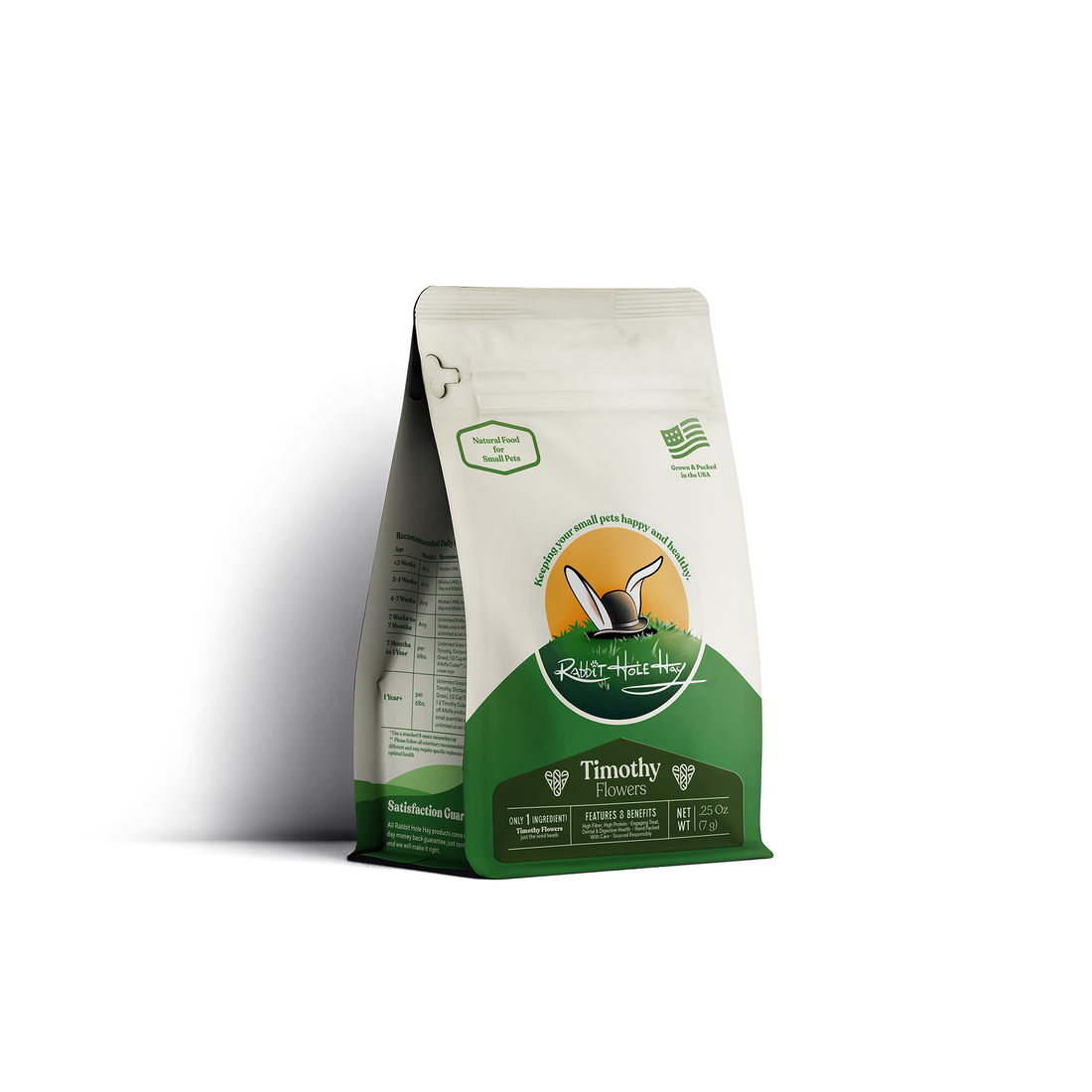
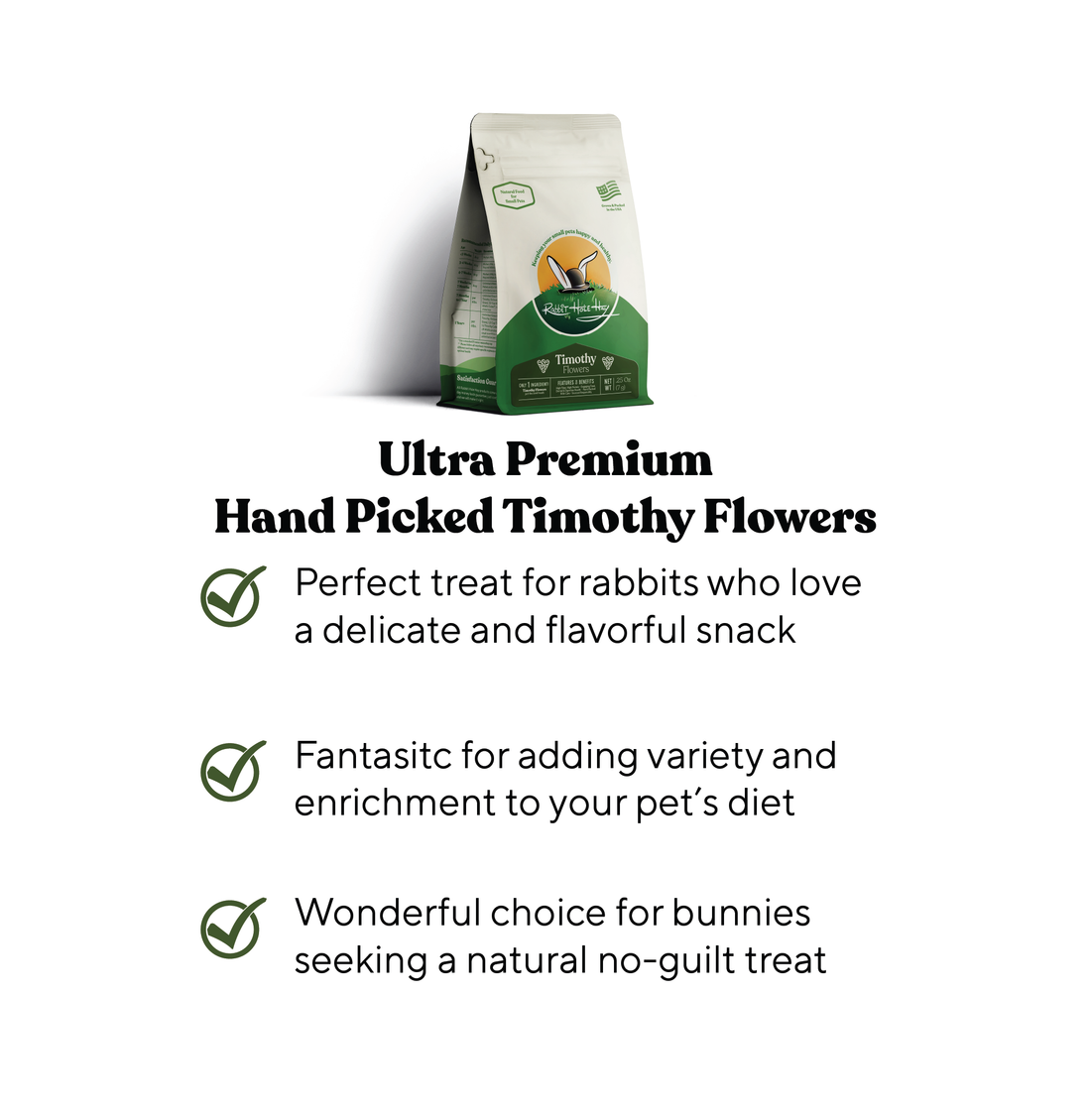
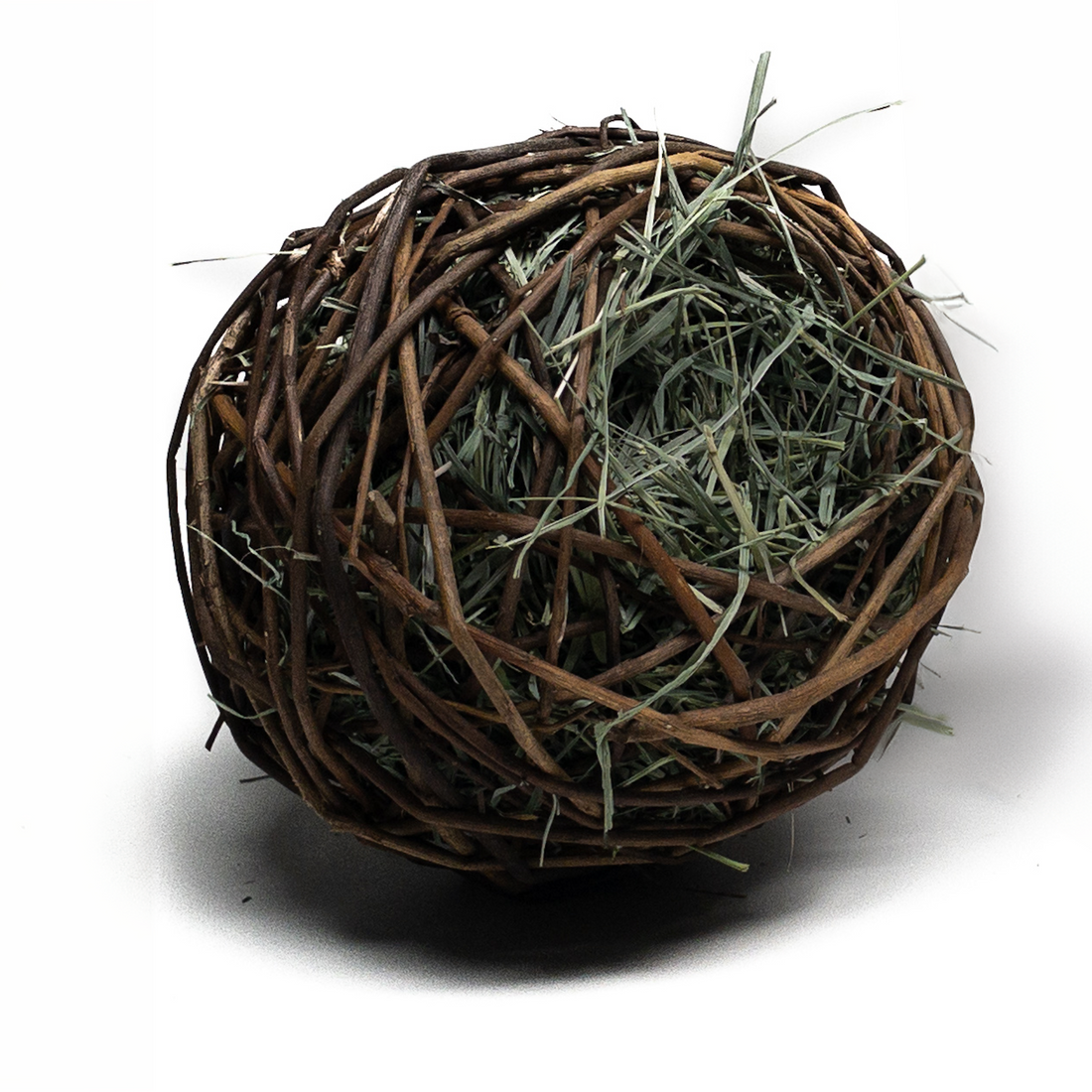
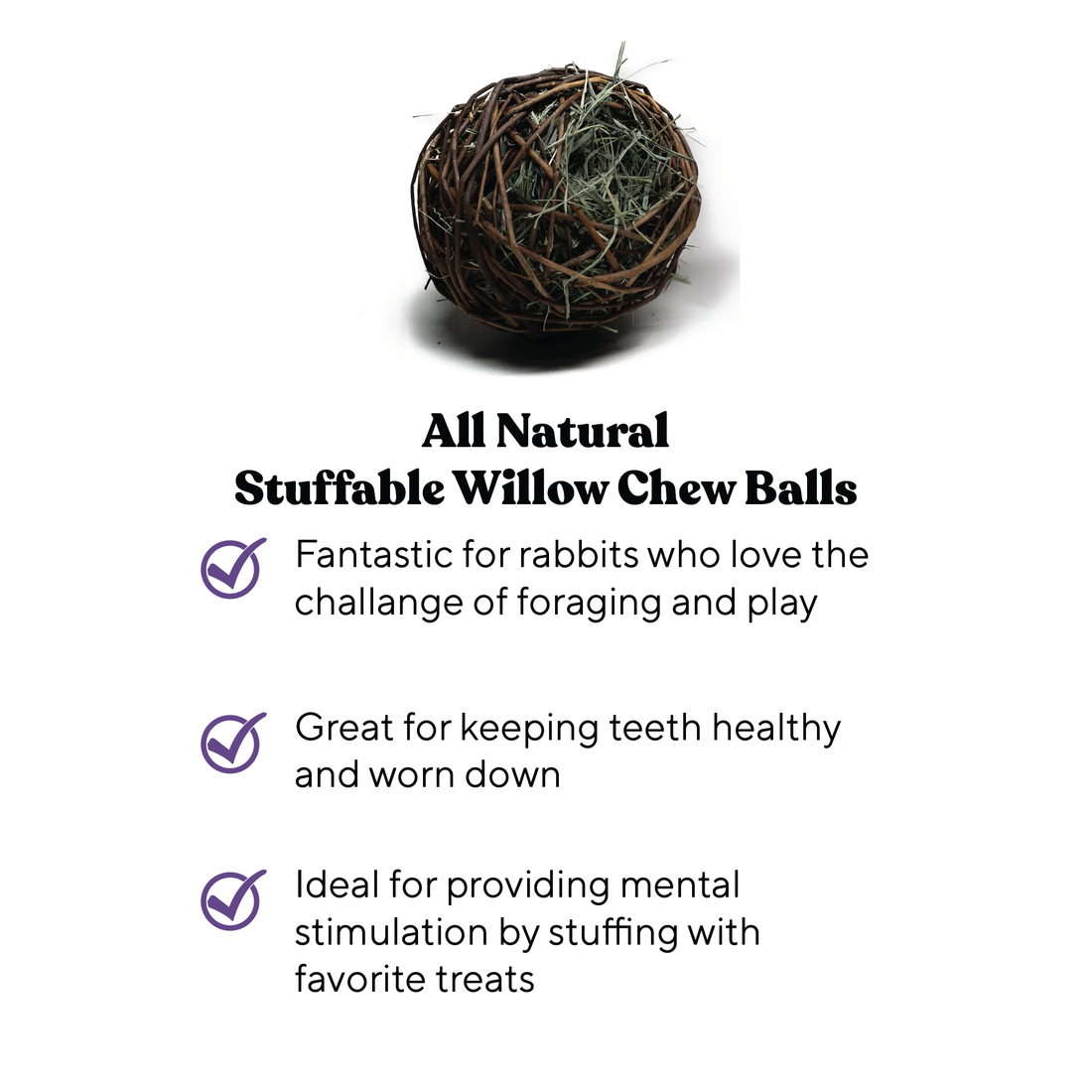
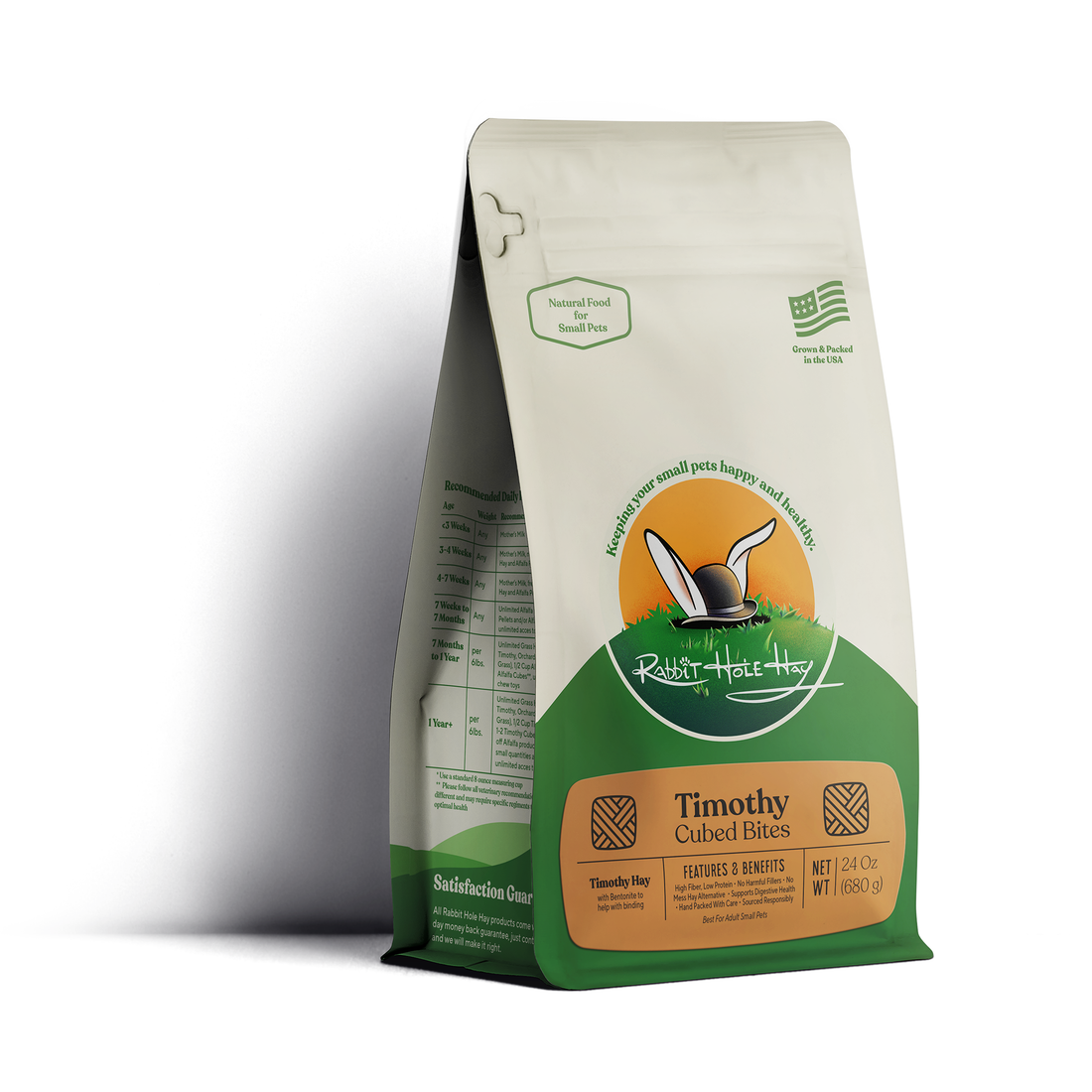



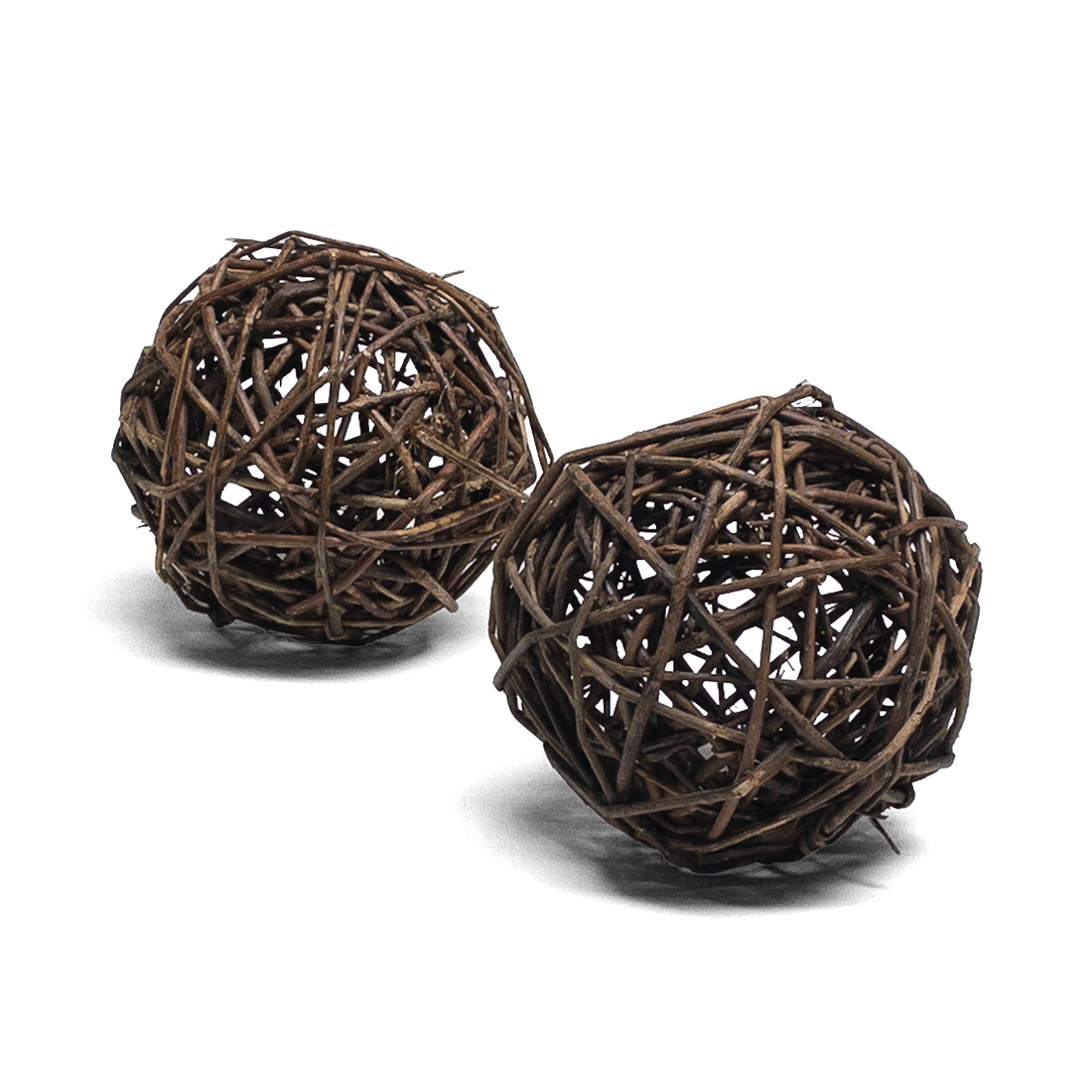
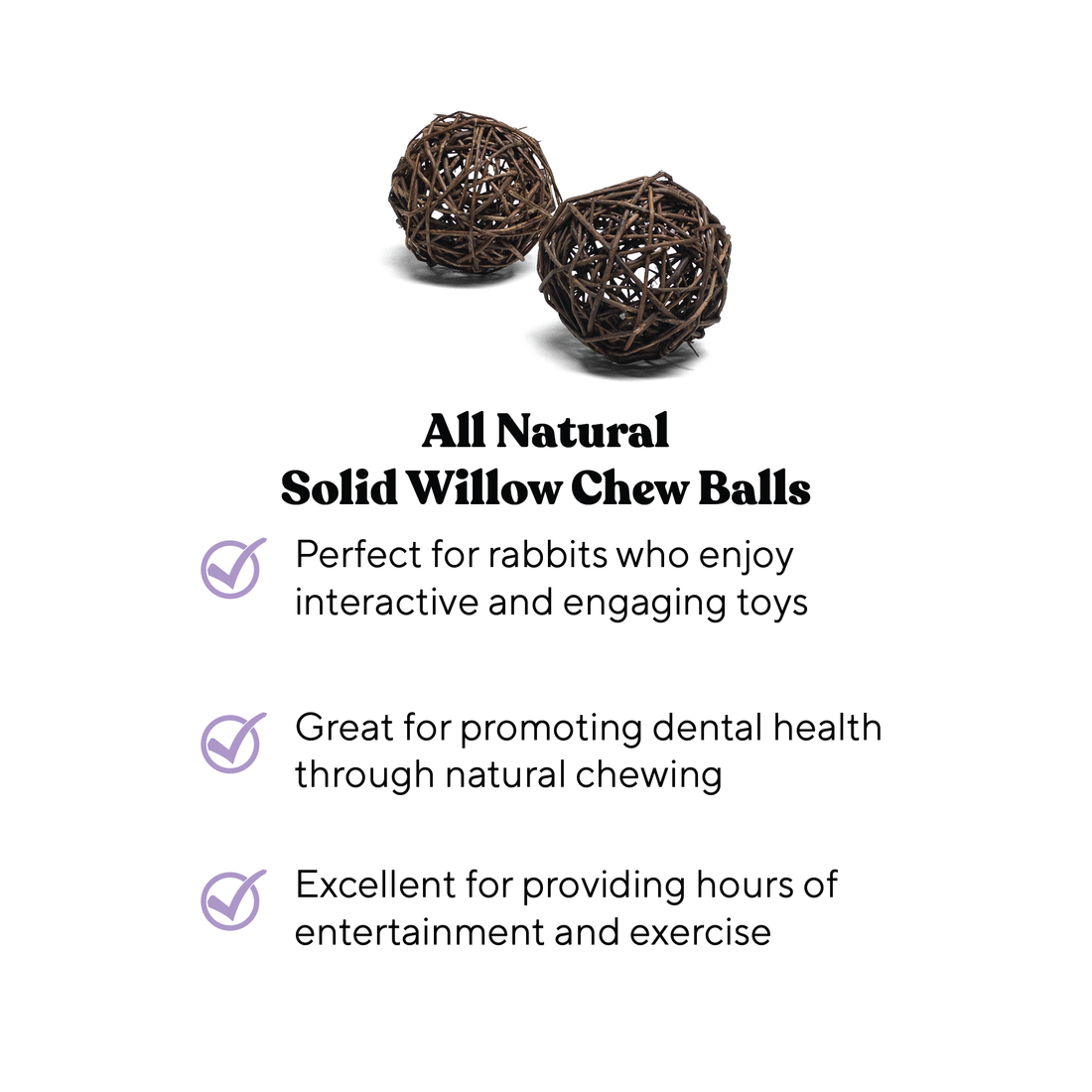



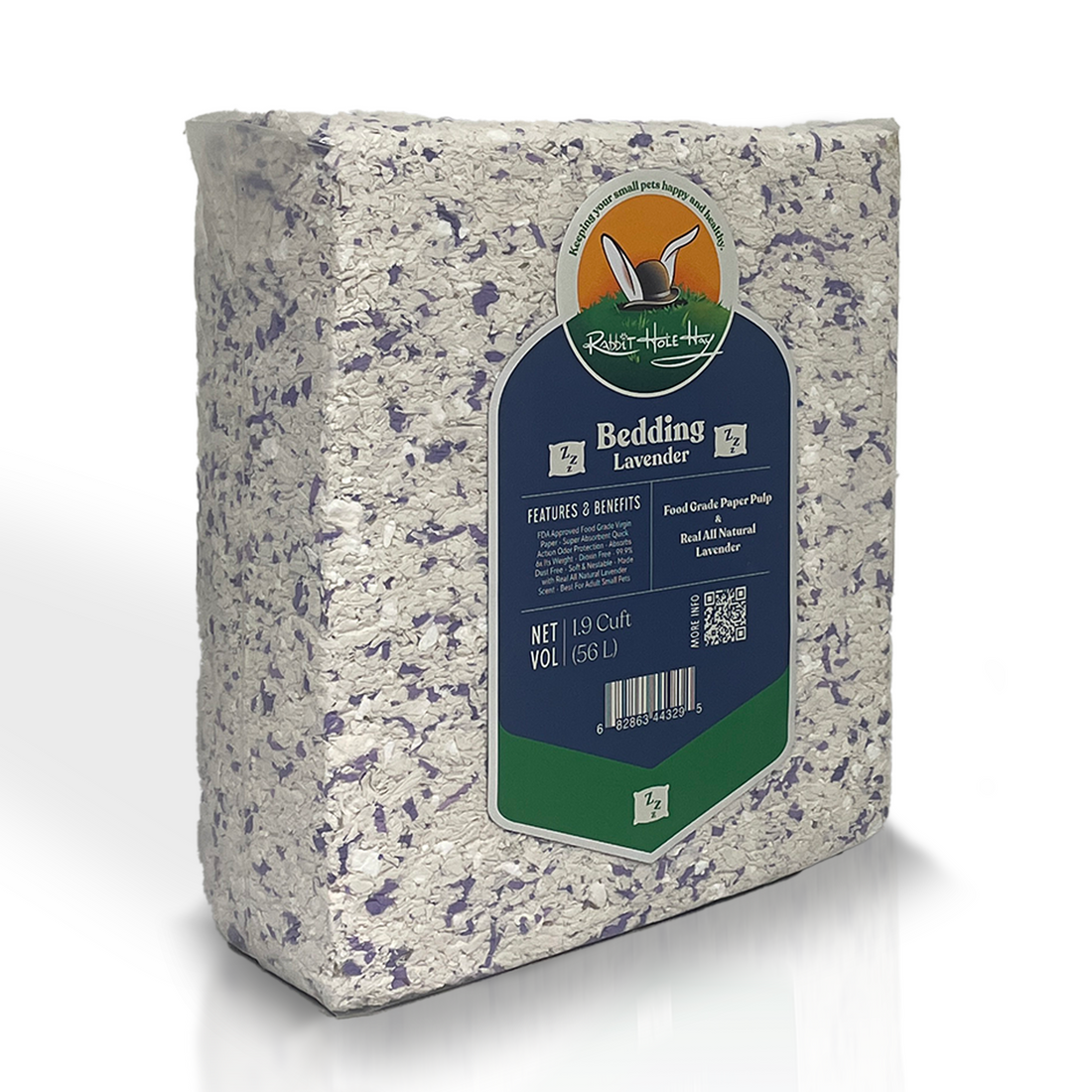
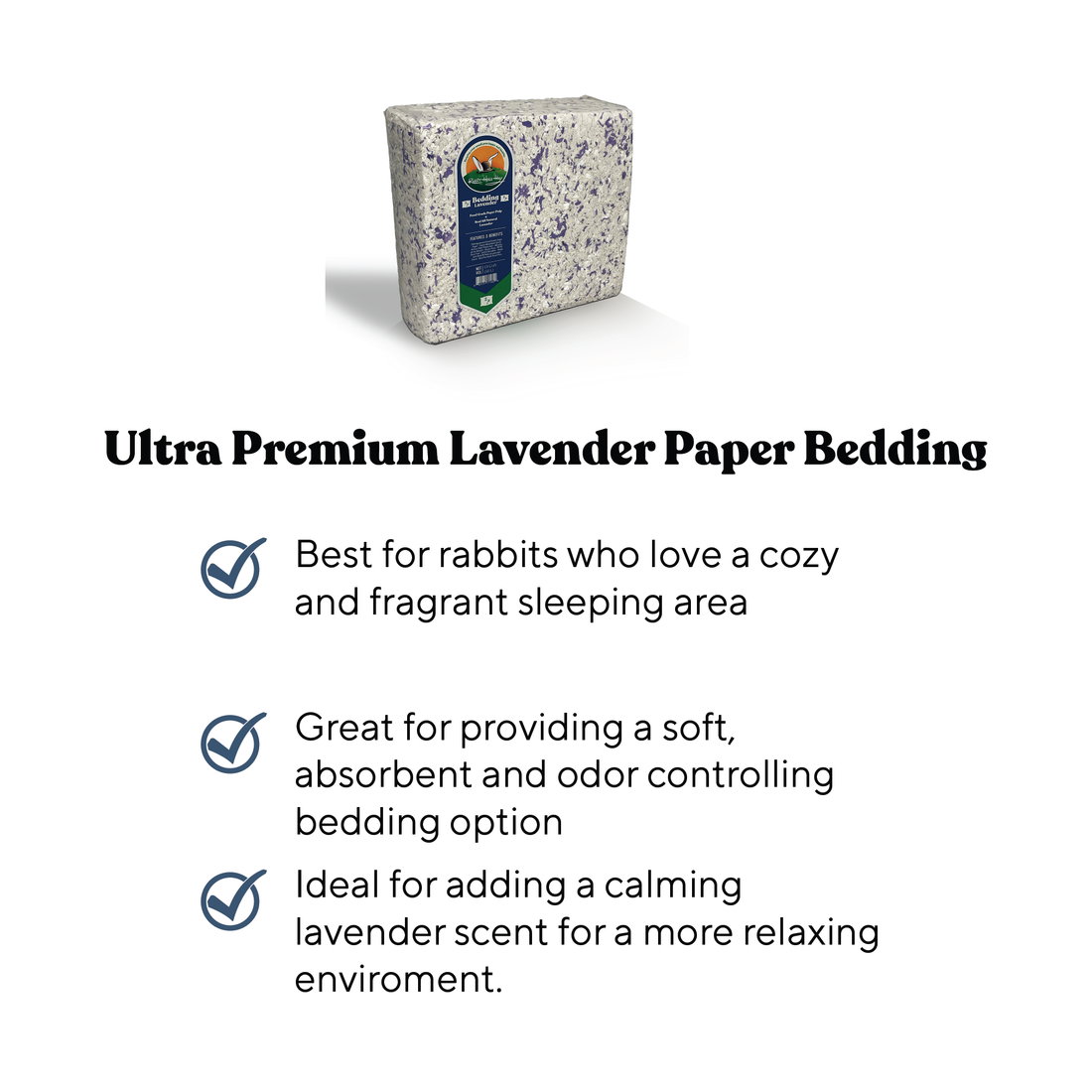


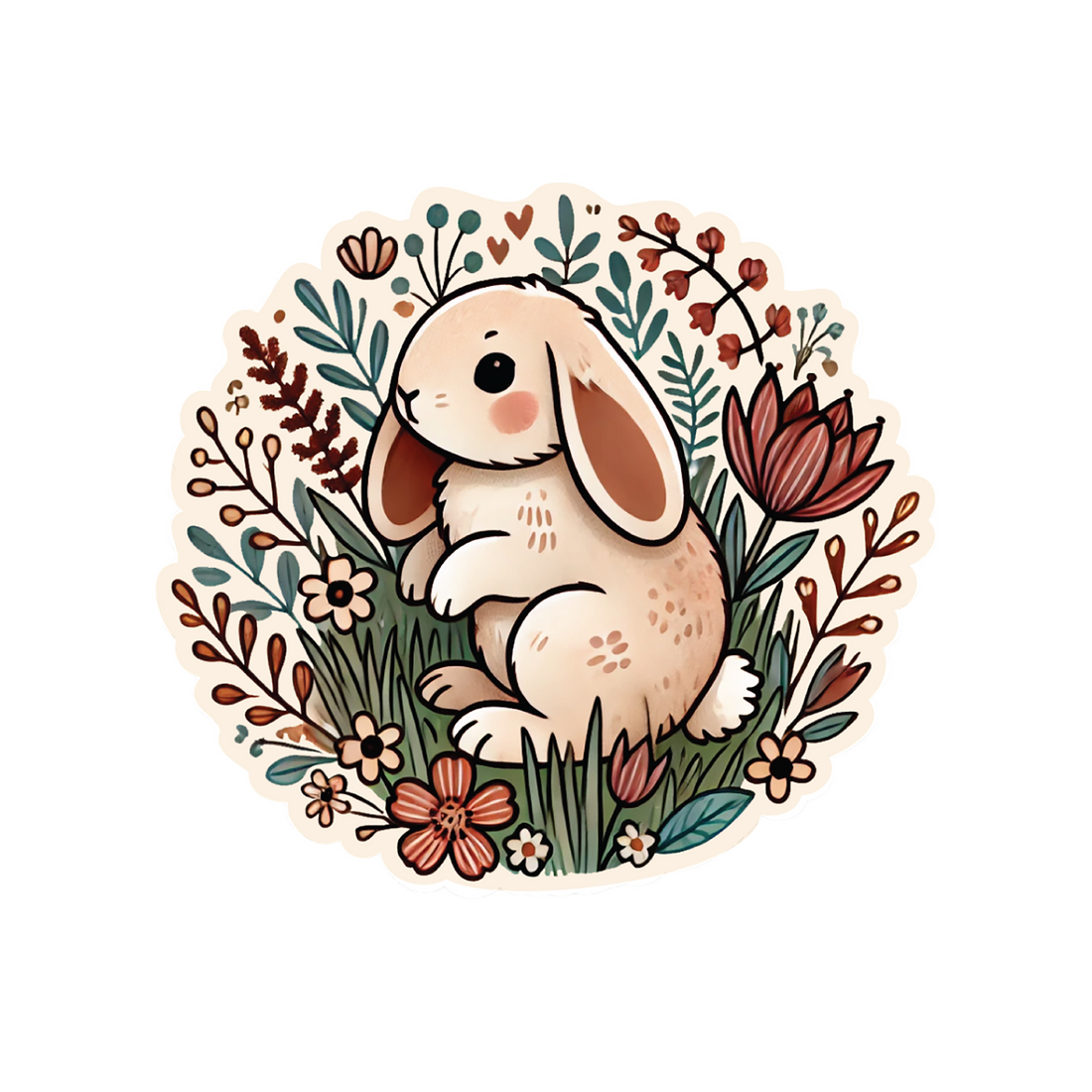
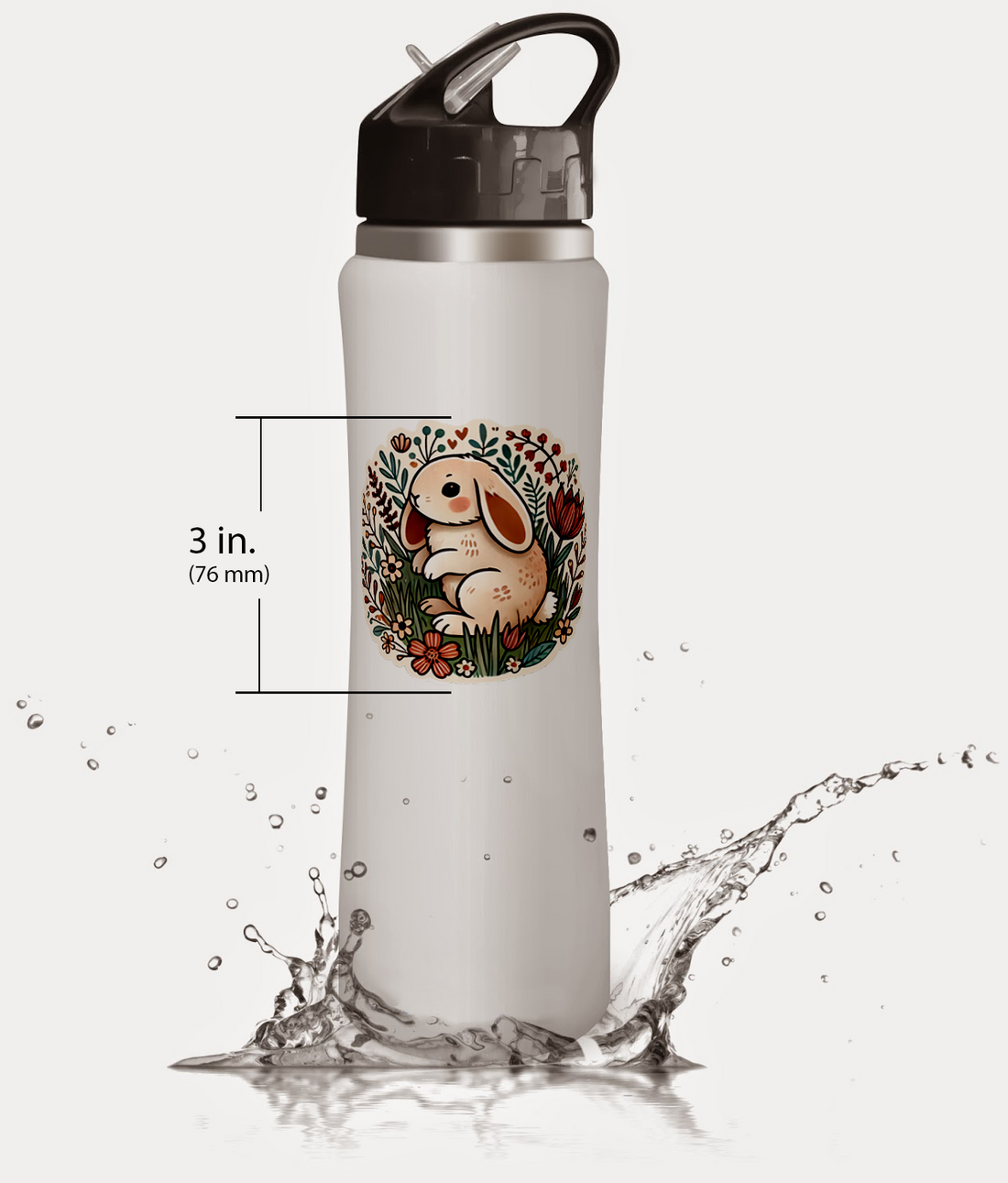







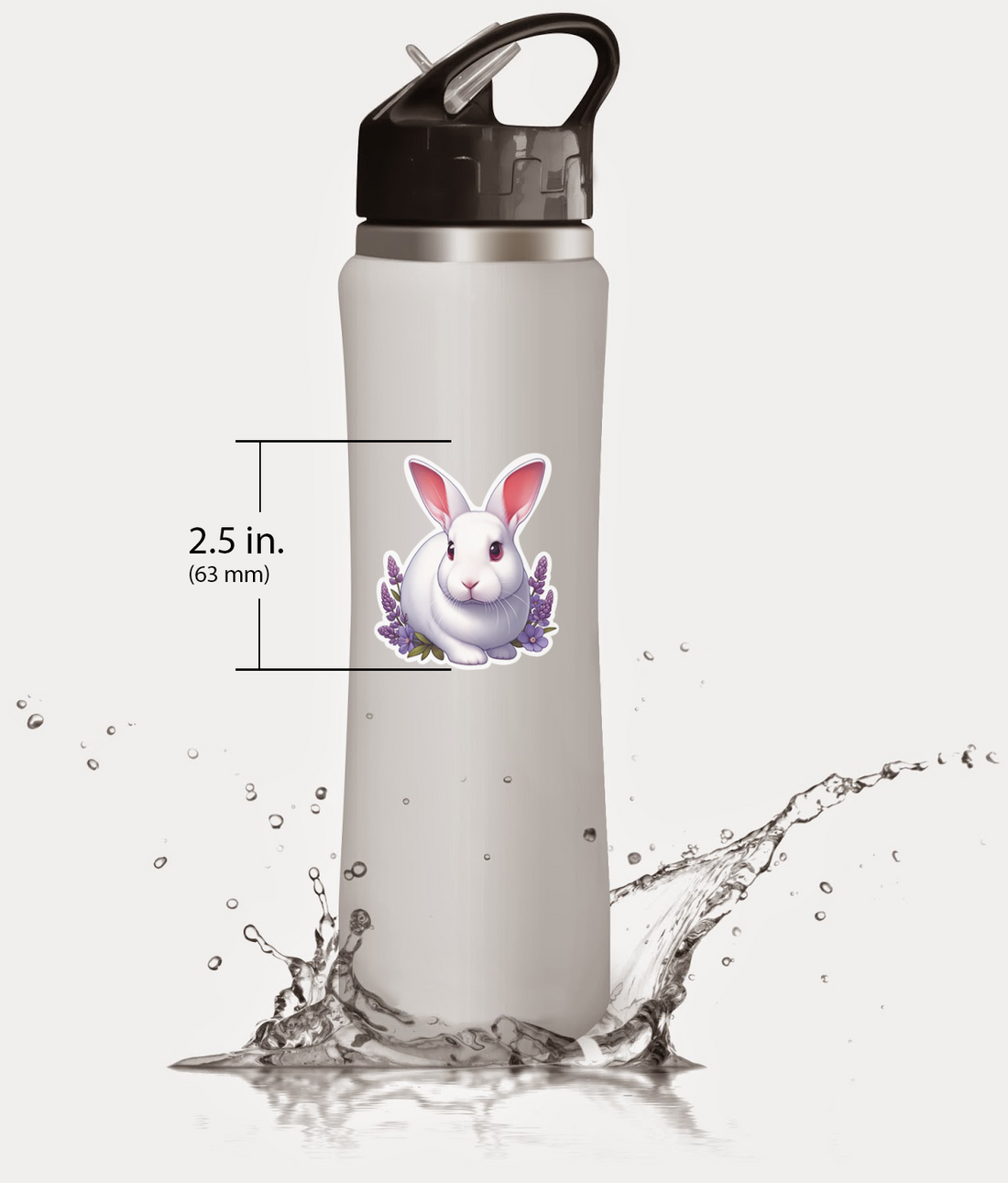
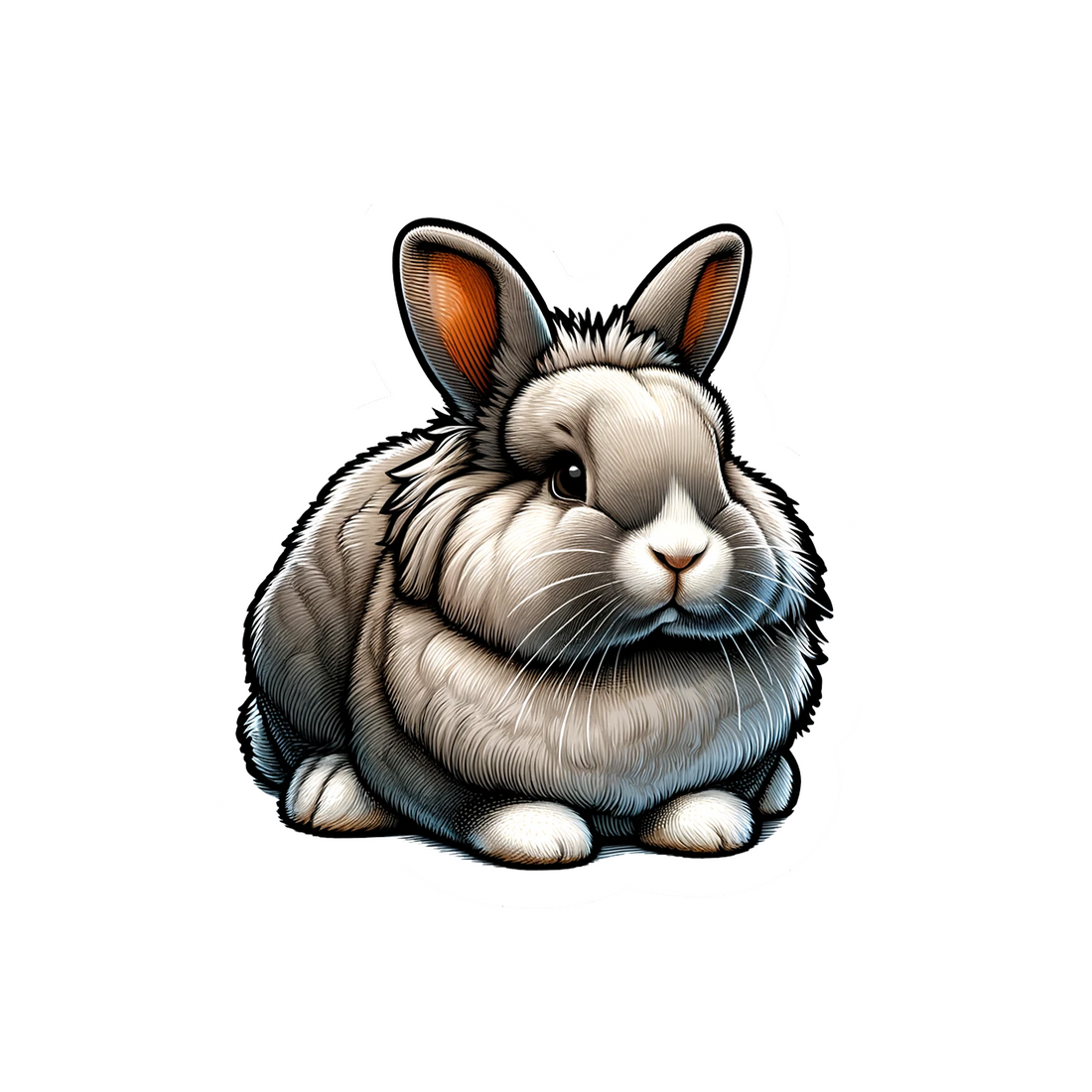
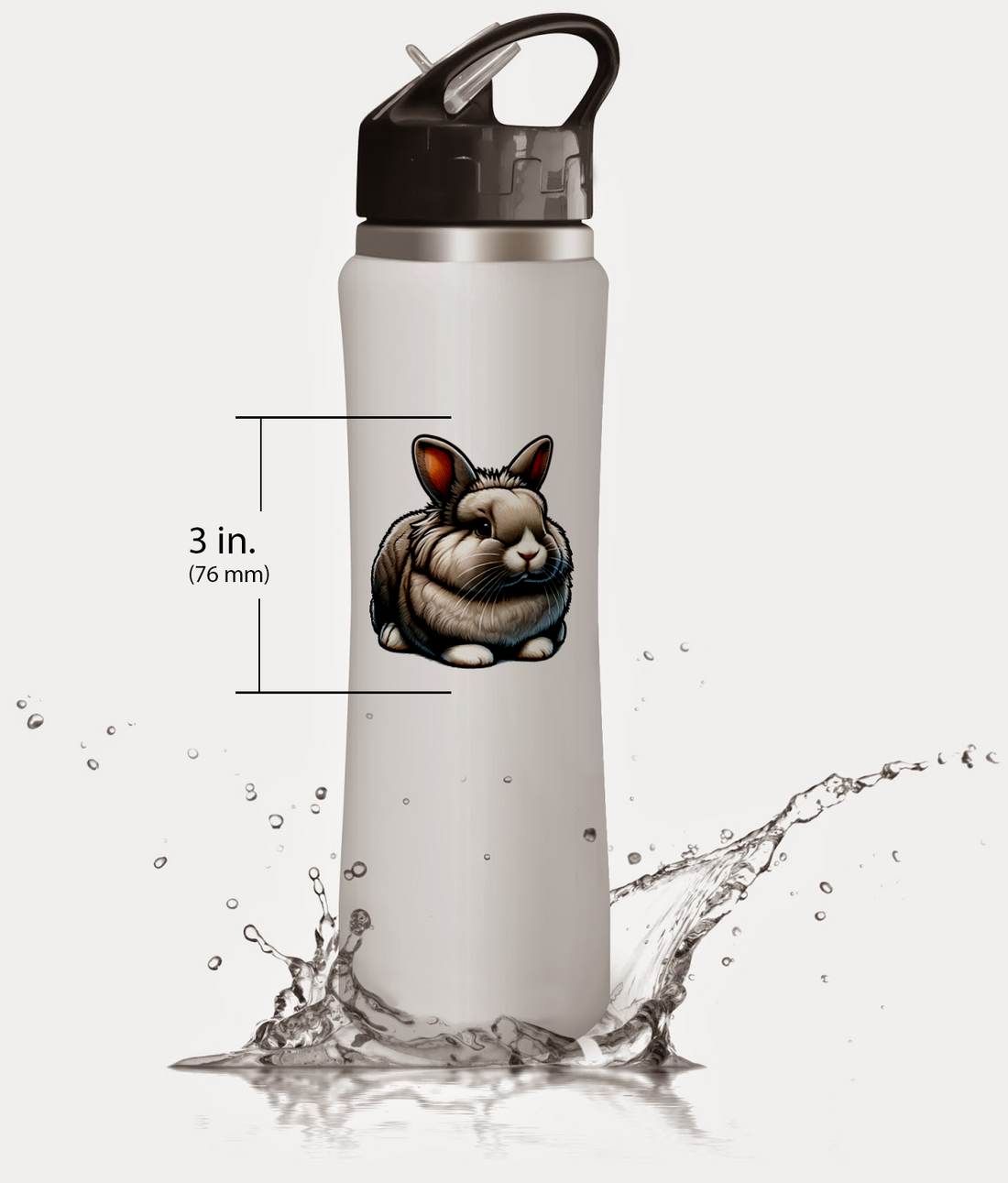

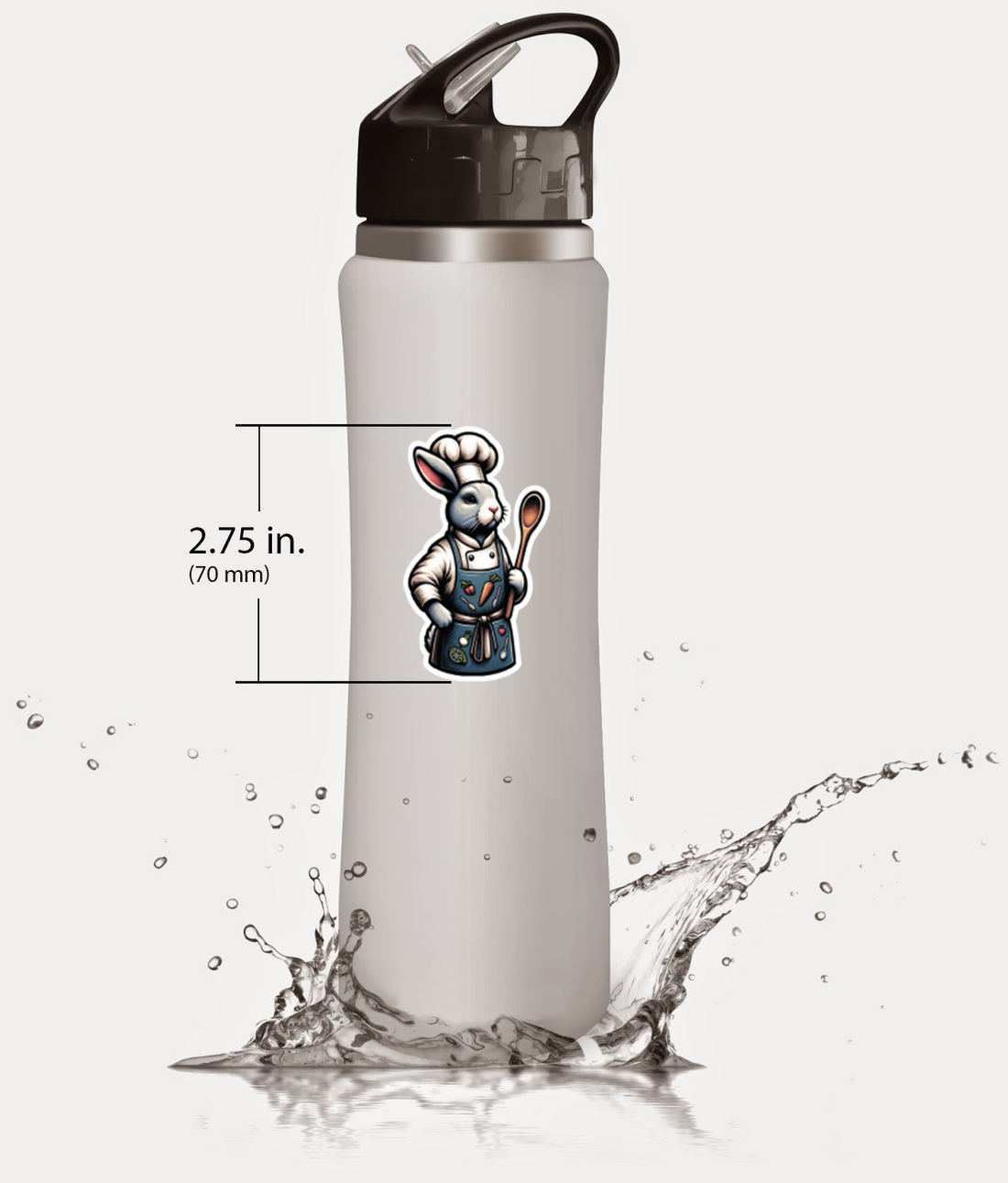


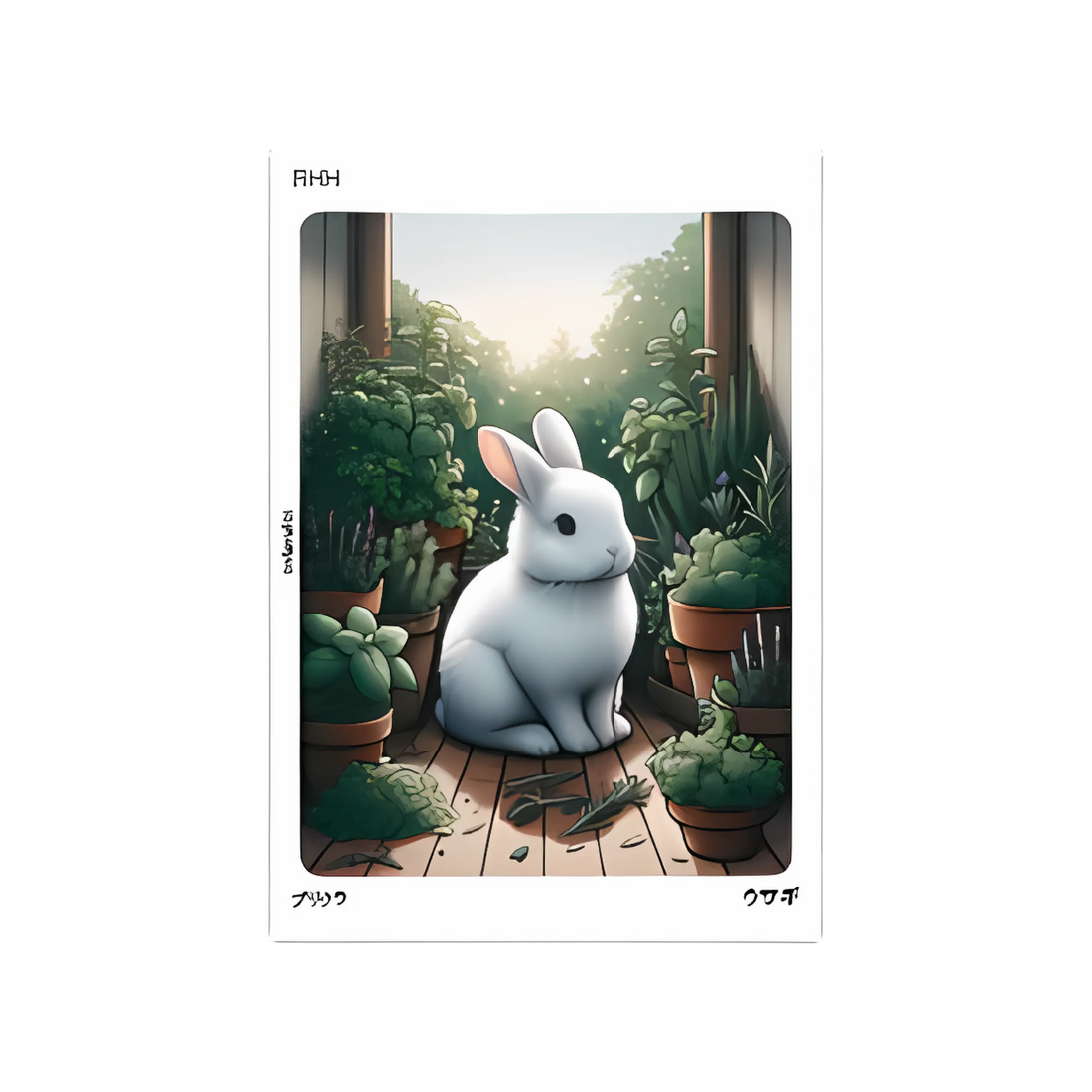

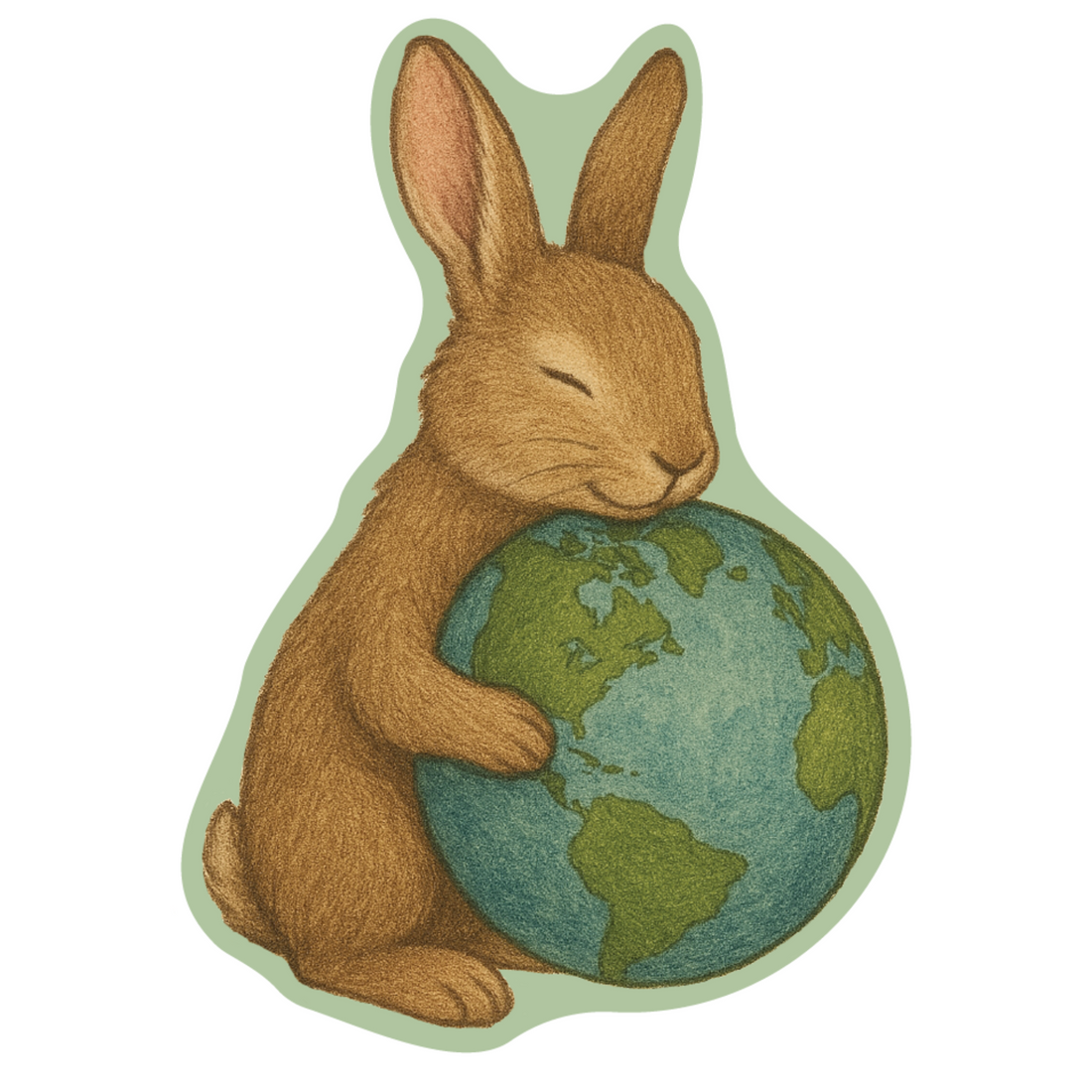
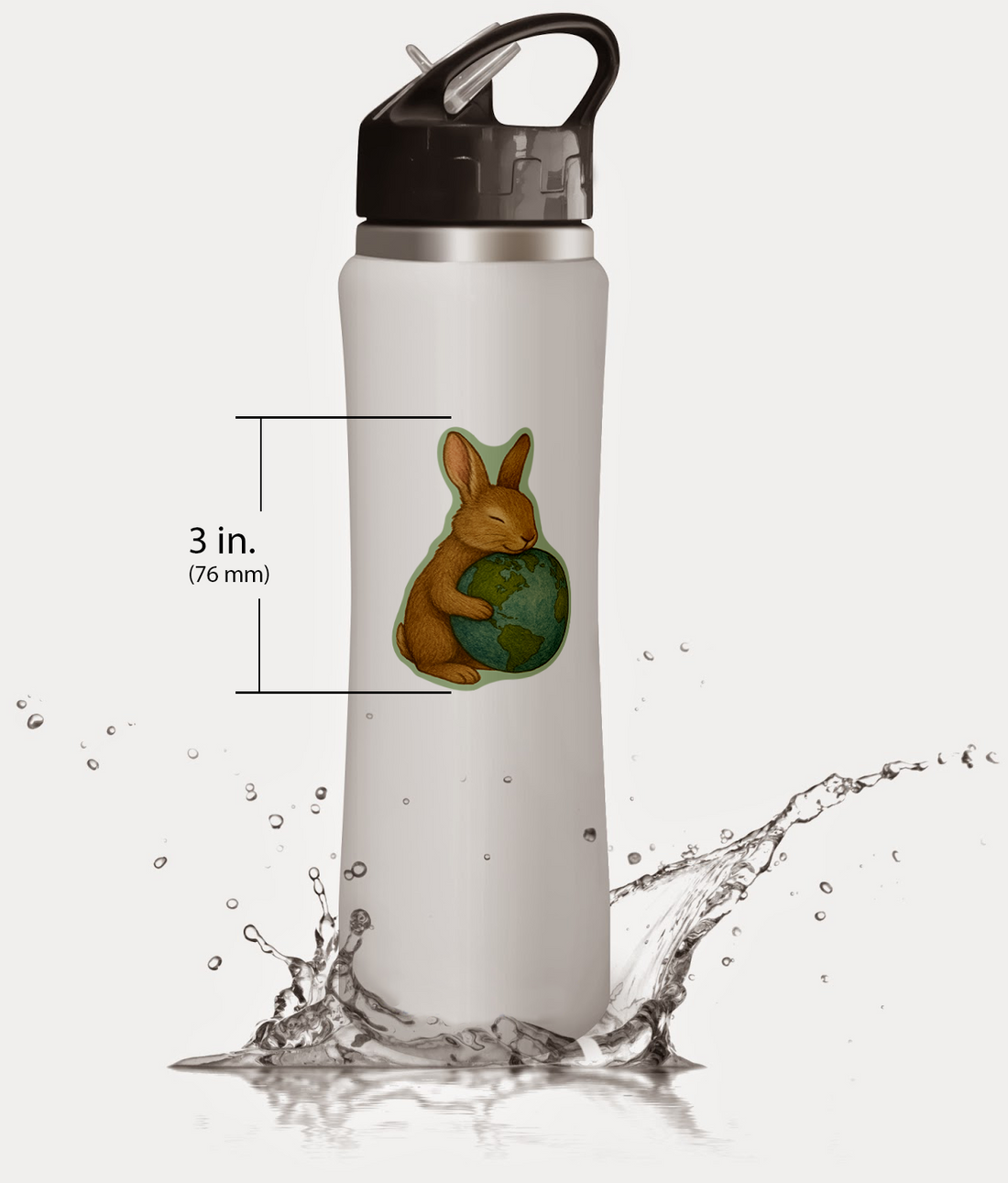
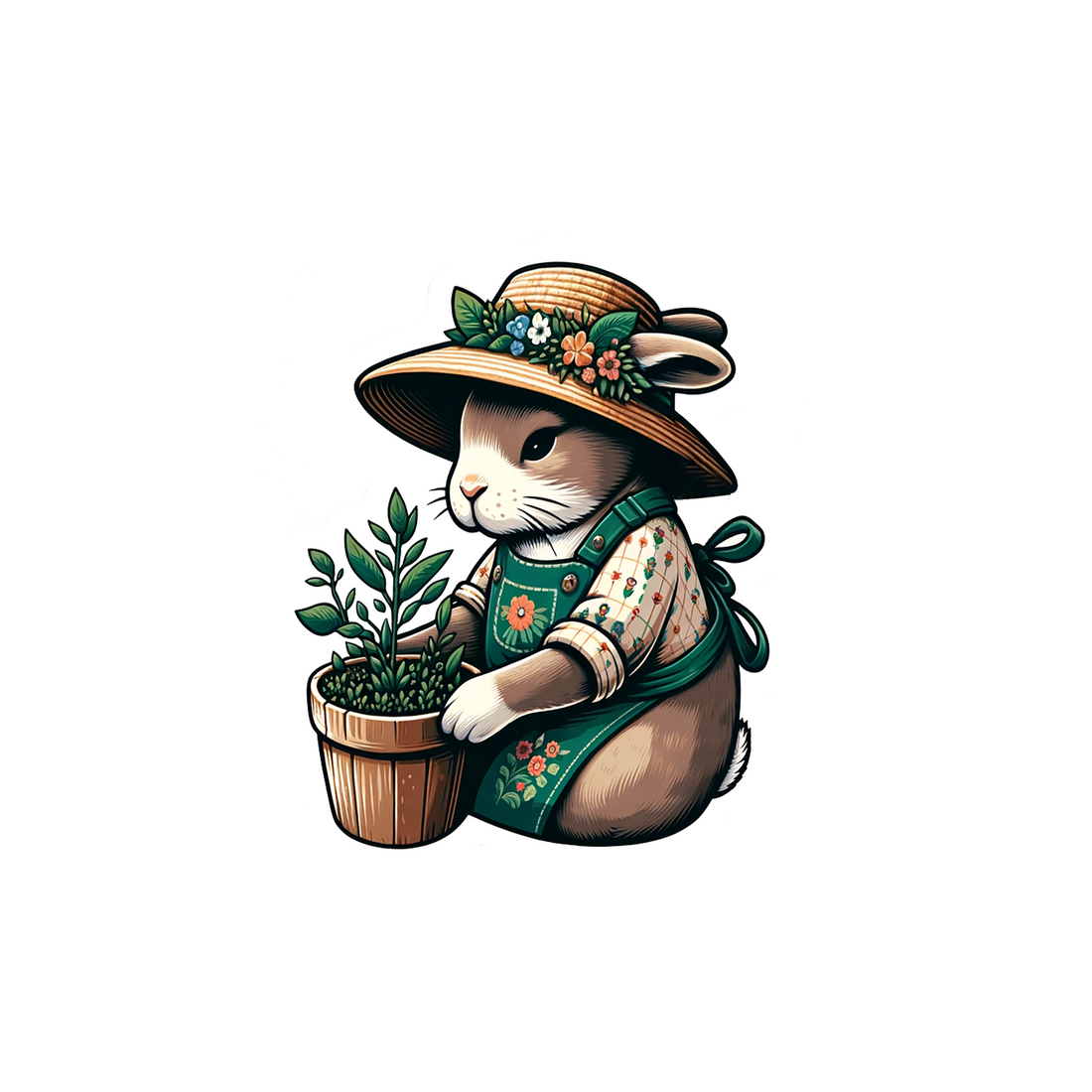
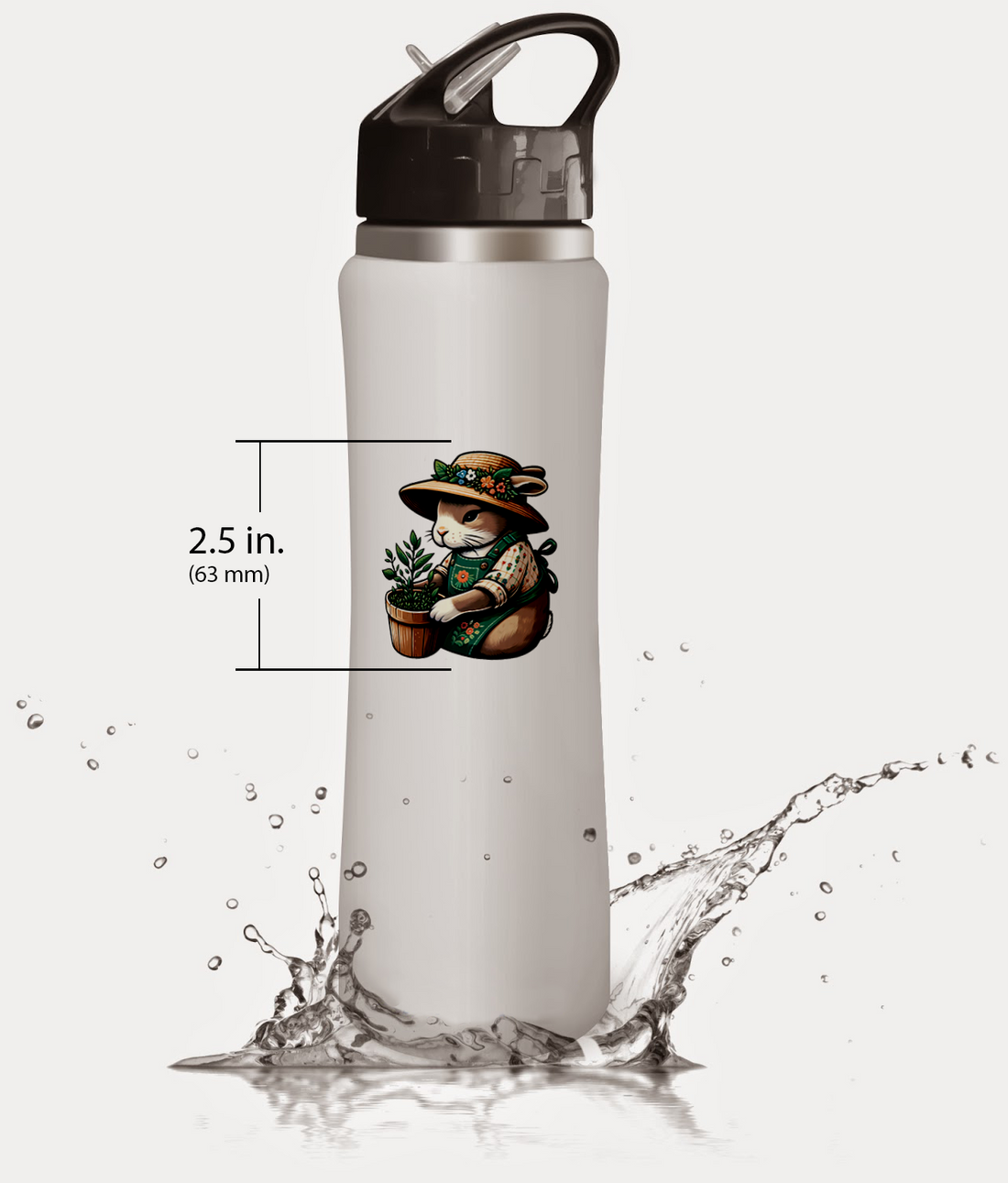












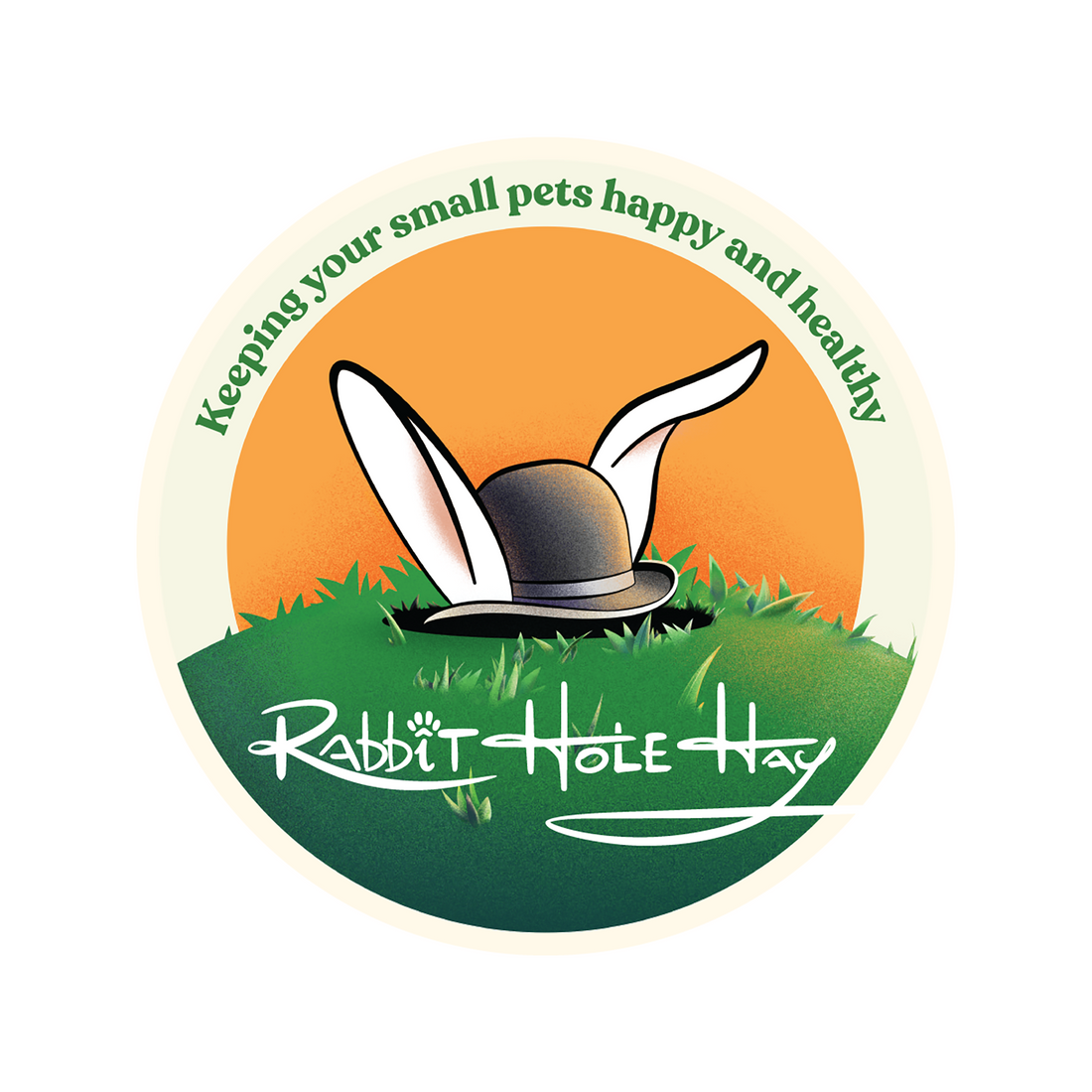



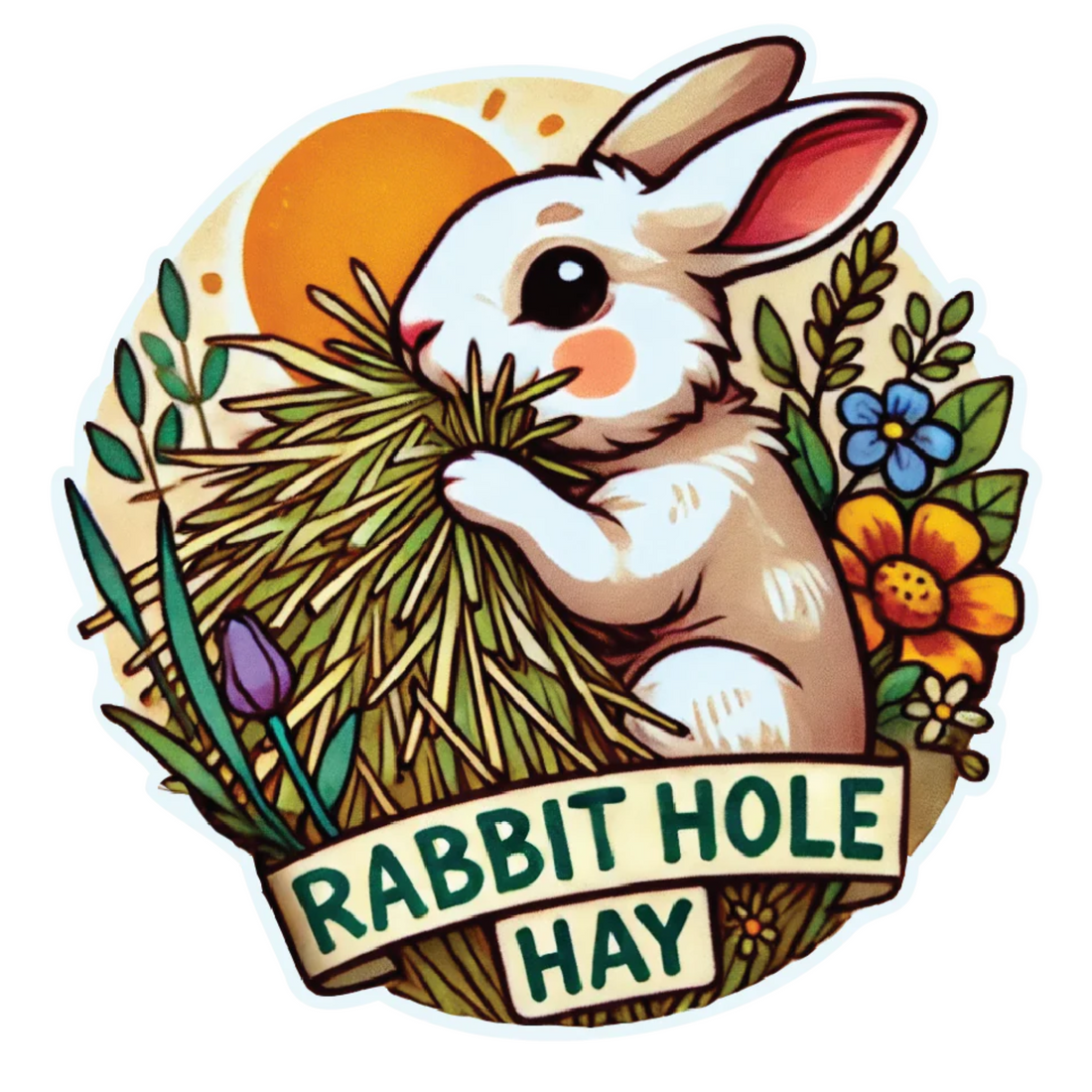
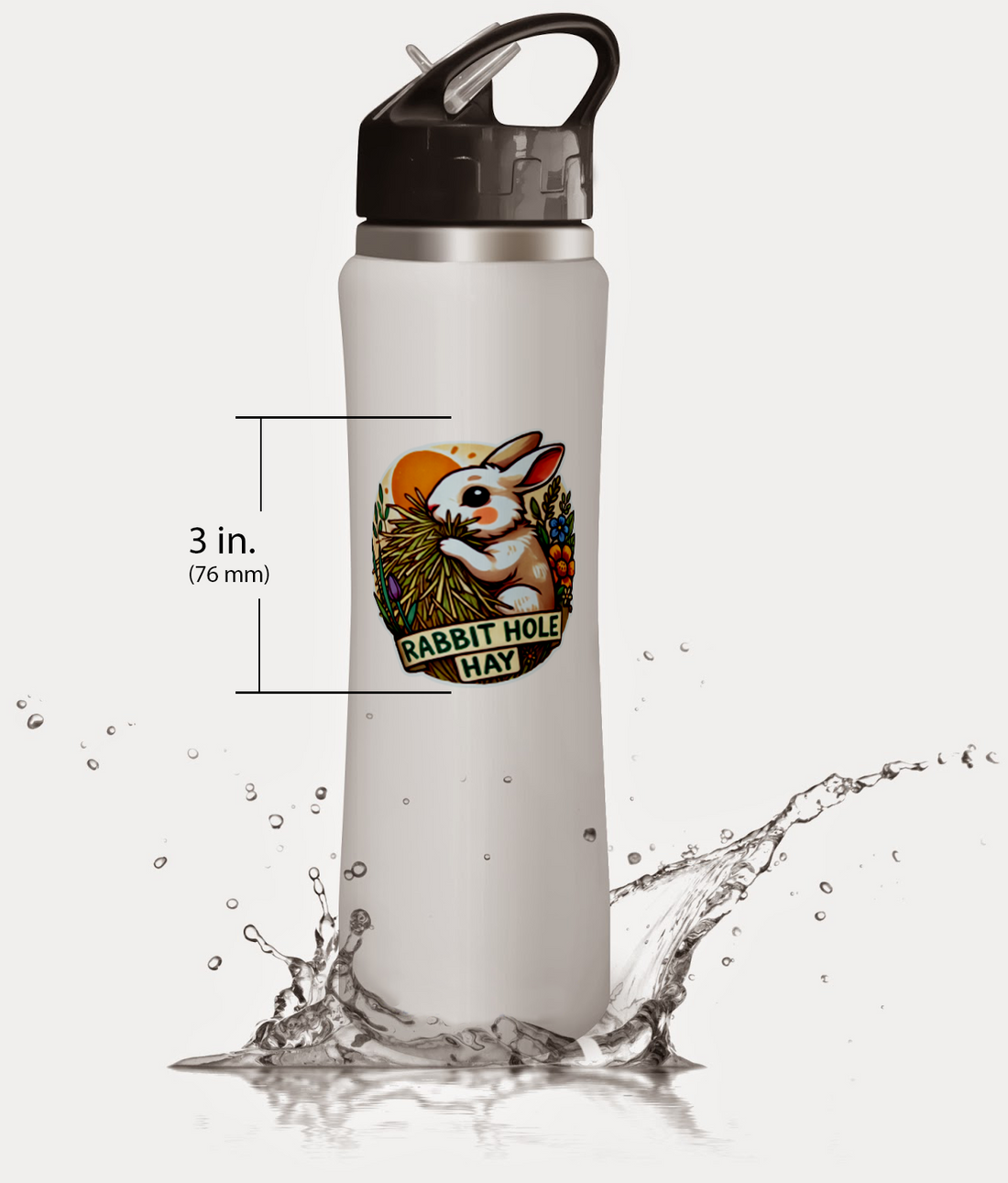



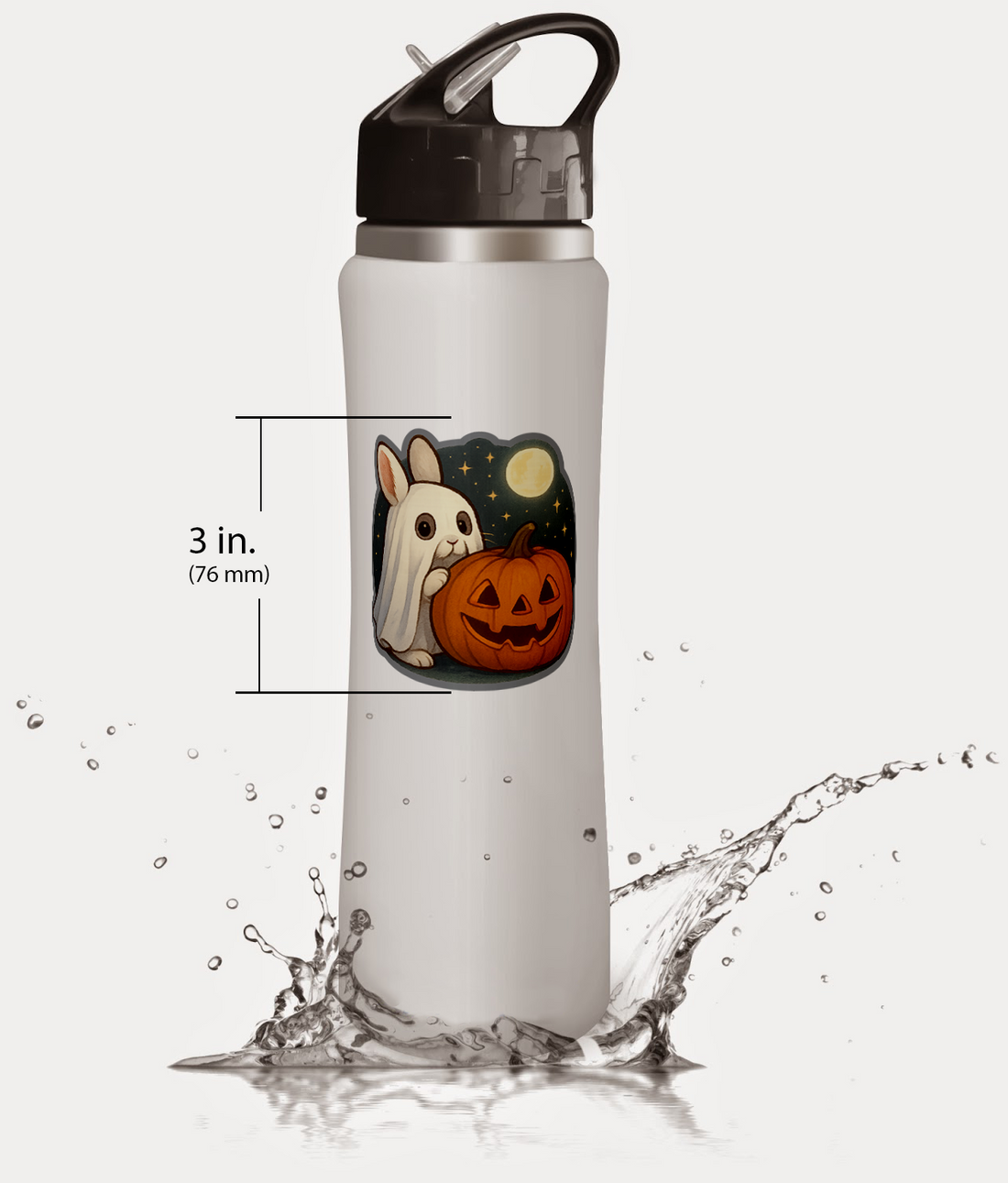




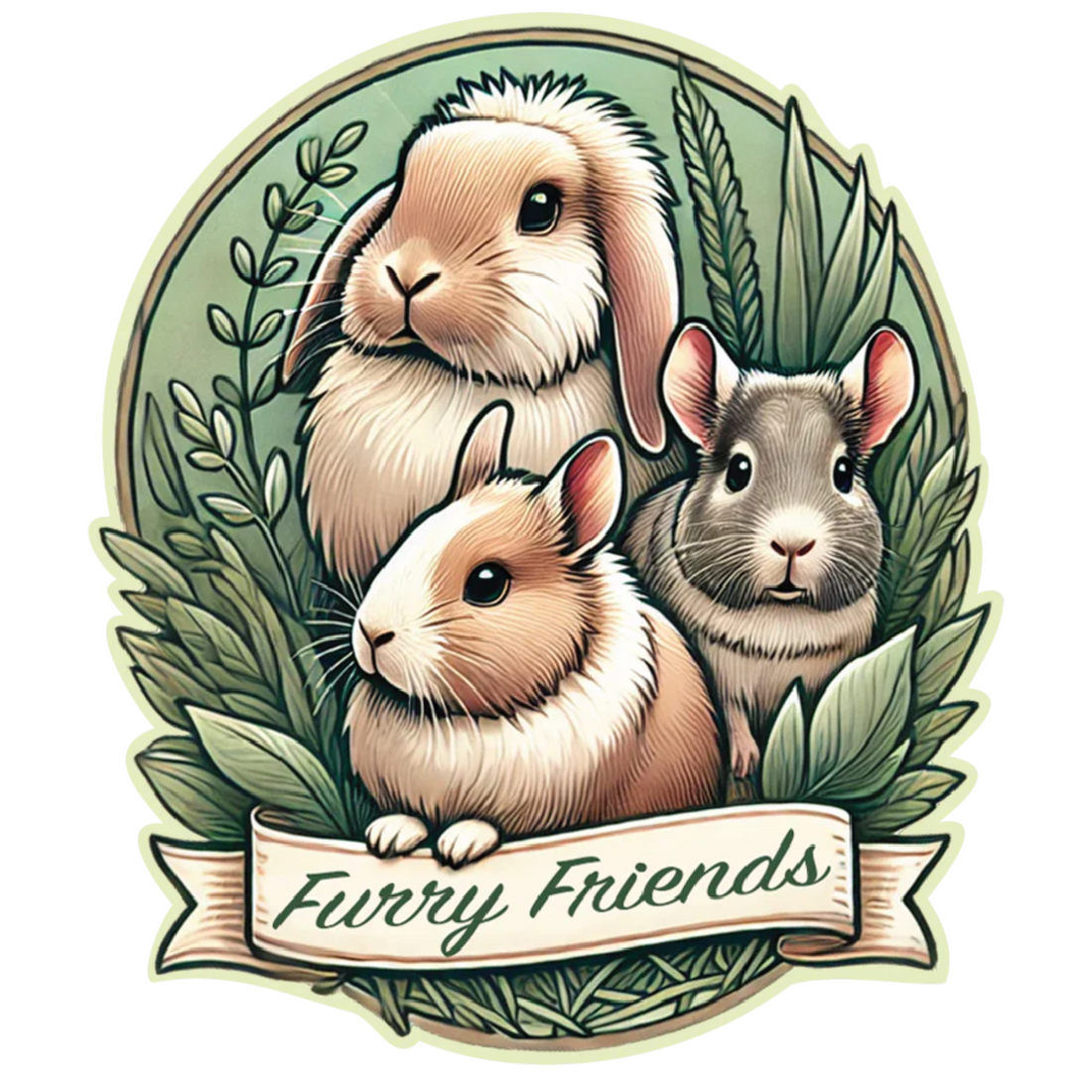
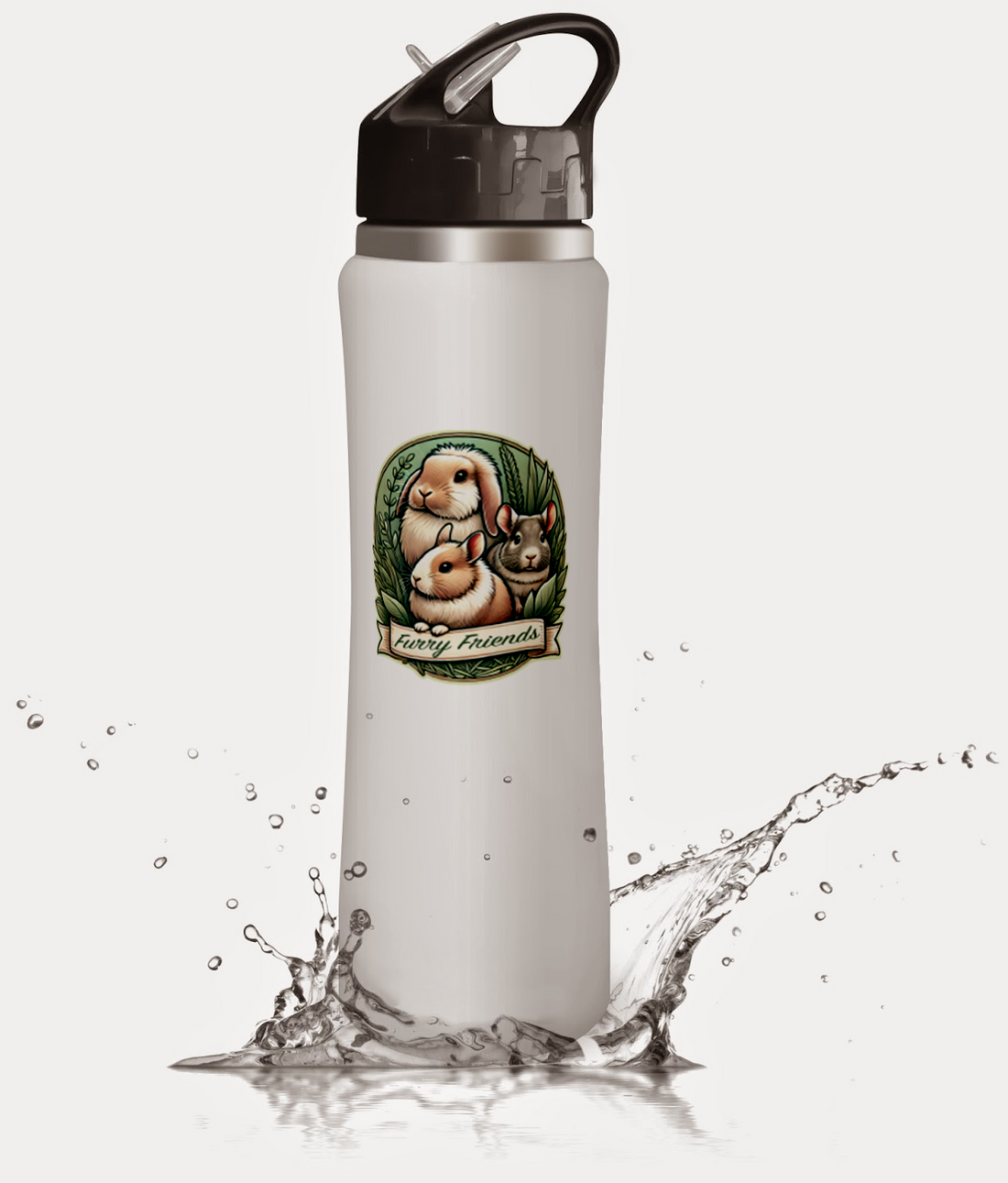





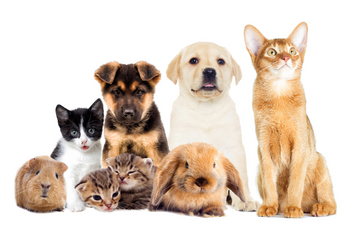


Comments